Bathroom Lighting and Energy Efficiency Trends
In modern residential decoration, the bathroom is not only a functional space, but also an important manifestation of comfort and design sense. However, bathroom lighting has long been one of the important sources of energy consumption. The incandescent or fluorescent lamps used in traditional lighting fixtures not only consume a significant amount of electricity, but also easily generate heat, causing the bathroom temperature to rise and increasing the burden on air conditioning or ventilation systems.
With the increasing awareness of energy conservation, light mirror have gradually become the preferred choice for decoration projects. It combines mirrors with lighting, using LED technology to significantly reduce energy consumption while ensuring brightness and functionality. According to Statista's statistics, the energy consumption of household bathroom lighting using LED lamps is about 70% lower than that of traditional incandescent lamps, making the use of mirrors an important choice for energy-saving bathroom renovations.
Meanwhile, a survey by NKBA (Kitchen and Bathroom Association) shows that approximately 68% of modern bathroom renovation projects prioritise "energy efficiency" during the design phase, and integrated lighting mirrors can achieve a balance between aesthetics and energy efficiency, becoming one of the most popular solutions.
Energy consumption pain points of bathroom lighting
In traditional bathroom design, there are several main pain points in lighting:
Distributed and high-energy-consuming lighting fixtures
The lighting of countertops, mirrors, and ceilings often operates independently, resulting in high overall power consumption.
Unreasonable lighting location
Uneven lighting can lead to additional lighting needs, such as installing countertop lights or portable makeup mirror lights, which can further increase energy consumption.
Short lifespan and frequent maintenance of lighting fixtures
Traditional incandescent or fluorescent lamps have a limited lifespan, and frequent replacement not only consumes consumables but also increases additional energy consumption and maintenance costs.
Space heat increases
The heat generated by high-energy-consuming lighting fixtures can easily raise the temperature in the bathroom, causing additional loads on ventilation or air conditioning systems.
These issues result in high energy consumption and maintenance costs for bathrooms in daily use, while also hindering the implementation of sustainable design concepts.
Energy-saving features of the Light Mirror
1. Low energy consumption of the LED light source
LED light sources are commonly used for illuminated mirrors, which consume 60% to 80% less power than traditional lighting fixtures. At the same time, the lifespan of LED lighting fixtures can reach over 50,000 hours, reducing frequent replacement and additional energy consumption. NKBA research shows that using LED light sources in the bathroom as a whole can save about 15% to 20% of household electricity expenses within a year.
2. Integrated design reduces the need for additional lighting fixtures
Light mirror eliminates unnecessary lighting fixtures on countertops, walls, or ceilings by directly embedding the light source into the mirror body, resulting in a significant reduction in overall energy consumption. At the same time, the light is uniform and soft, meeting various usage scenarios such as makeup, shaving, and washing, without the need for additional lighting.
3. Adjustable brightness and colour temperature
Modern light mirrors support touch dimming or sensor dimming functions, which can adjust brightness and colour temperature according to different needs. Users can choose low-power mode during the day and increase power when they need higher brightness at night, achieving a balance between energy efficiency and comfort.
4. Anti-fog and intelligent sensing function
Anti-fog design ensures a clear mirror surface, reducing light reflection and energy waste caused by fog. The intelligent sensing switch automatically turns off the light source when no one is using it, preventing prolonged idle time. According to Statista data, LED mirrors with an automatic sensing function can reduce additional energy consumption by about 10% to 15% compared to ordinary LED mirrors.

Application scenario analysis
1. Small bathroom
Due to limited space, integrated lighting with light mirrors not only saves space but also meets overall lighting needs with low-power light sources, reducing electricity expenses.
2. Family bathroom
In daily high-frequency usage scenarios, LED lights exhibit low energy consumption and a long lifespan, which can reduce the total energy consumption and maintenance costs of households while providing comfortable lighting for family members.
3. High-end projects and smart homes
In villas or high-end residential projects, the light mirror can be linked with the smart home system to achieve timed switching and automatic dimming, further improving energy utilisation efficiency.
Data and Industry Perspectives
NKBA survey: Over 65% of bathroom renovation projects consider energy-efficient lighting during the design phase, especially in the bathroom countertop and mirror areas.
Statista market data: The market share of LED bathroom mirrors has continued to grow in the past five years, with a compound annual growth rate of over 7%, reflecting the important impact of energy-saving and low maintenance characteristics on homeowners' choices.
Houzz usage survey: Over 70% of users believe that the uniform lighting and low energy consumption characteristics brought by LED mirrors significantly improve their daily usage experience.
These data indicate that energy conservation has become an indispensable consideration in bathroom lighting design, and light mirrors have effectively addressed the high energy consumption issue of traditional lighting fixtures through integrated and intelligent design.
Future Trends: Intelligence and Sustainable Development
Future light mirrors not only have advantages in energy efficiency, but will also be further integrated with smart homes and sustainable design.
Maximising energy savings through light sensing and automatic dimming;
Linkage with the bathroom ventilation system to reduce environmental heat and humidity load;
Using recyclable materials and low-carbon manufacturing processes, in line with the concept of sustainable development.
Integrate IoT functions to achieve remote monitoring and energy consumption data statistics, providing refined energy management for households.
These trends indicate that the energy-saving advantages of light mirrors are not only reflected in single use, but also bring value in long-term use and environmental protection.
Summary: Dual advantages of energy-saving value and decoration upgrade
Light mirrors not only meet basic lighting needs in modern bathroom decoration, but also achieve significant energy-saving advantages through LED light source, low power consumption, integrated design, dimming function, and intelligent sensing. It can:
Reduce electricity expenses: LEDs have low energy consumption and a long lifespan, thereby reducing household electricity and maintenance costs.
Optimise space: Integrated lighting design reduces the need for additional lighting fixtures.
Improving user comfort: Combining dimming, anti-fog, and intelligent sensing functions to enhance daily experience;
Promote sustainable development by reducing energy waste and supporting environmental protection initiatives.
Overall, light mirrors are not only a powerful tool for upgrading bathroom aesthetics but also a core choice for energy-efficient residential decoration. Through scientific design and intelligent functions, it achieves a perfect balance between beauty, comfort, and low energy consumption in modern bathrooms, providing a more efficient, green, and modern user experience for daily life.
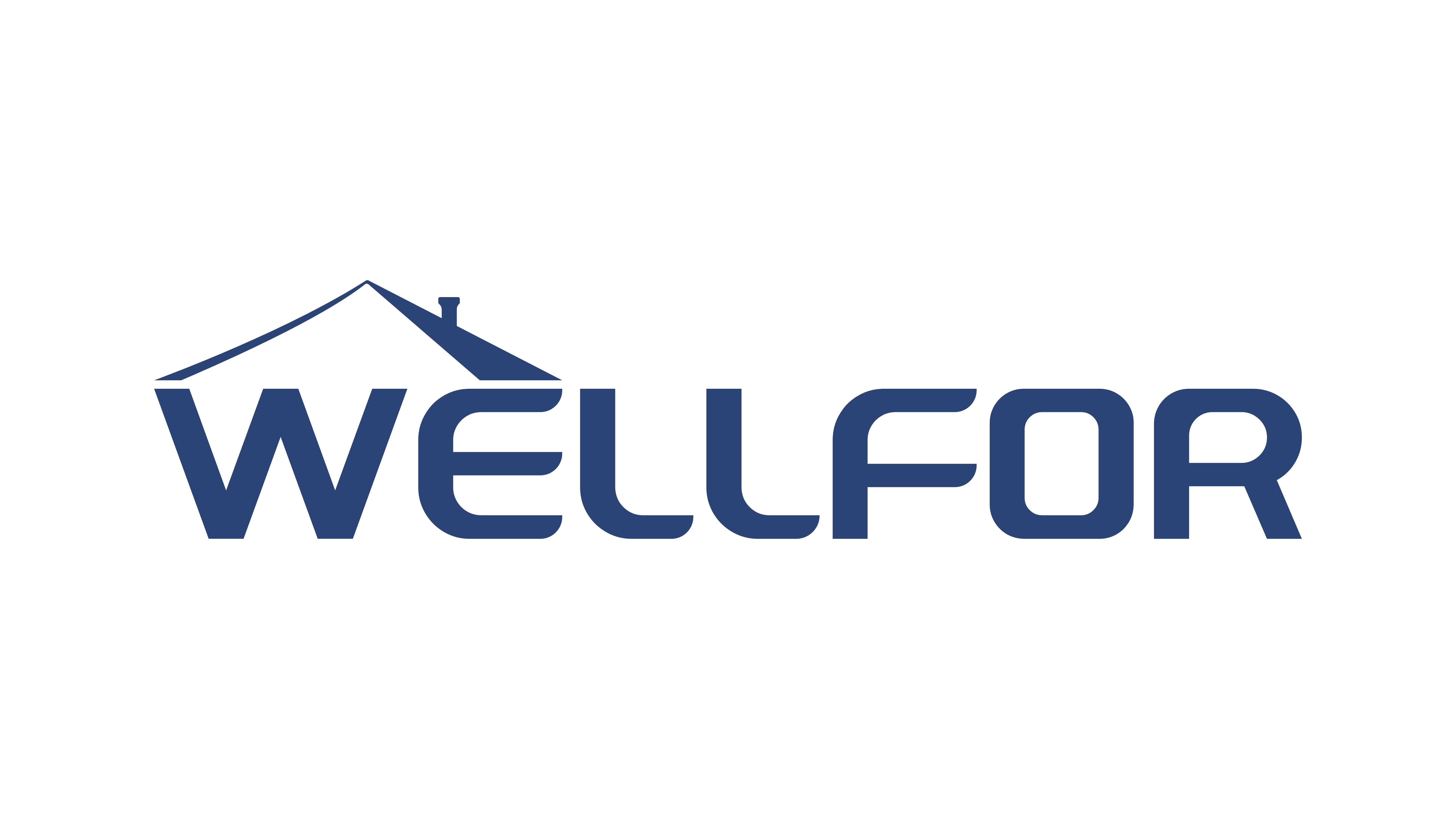
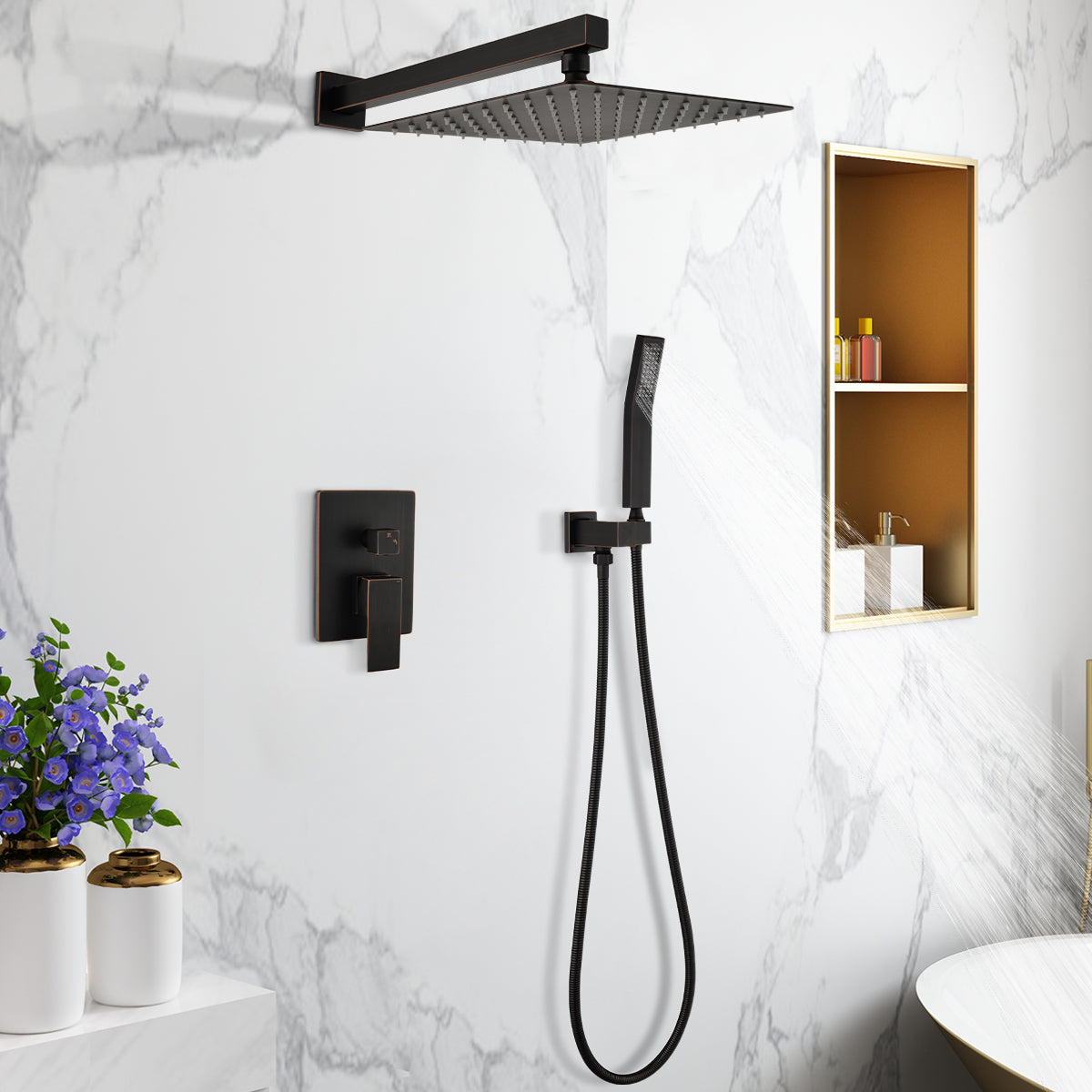
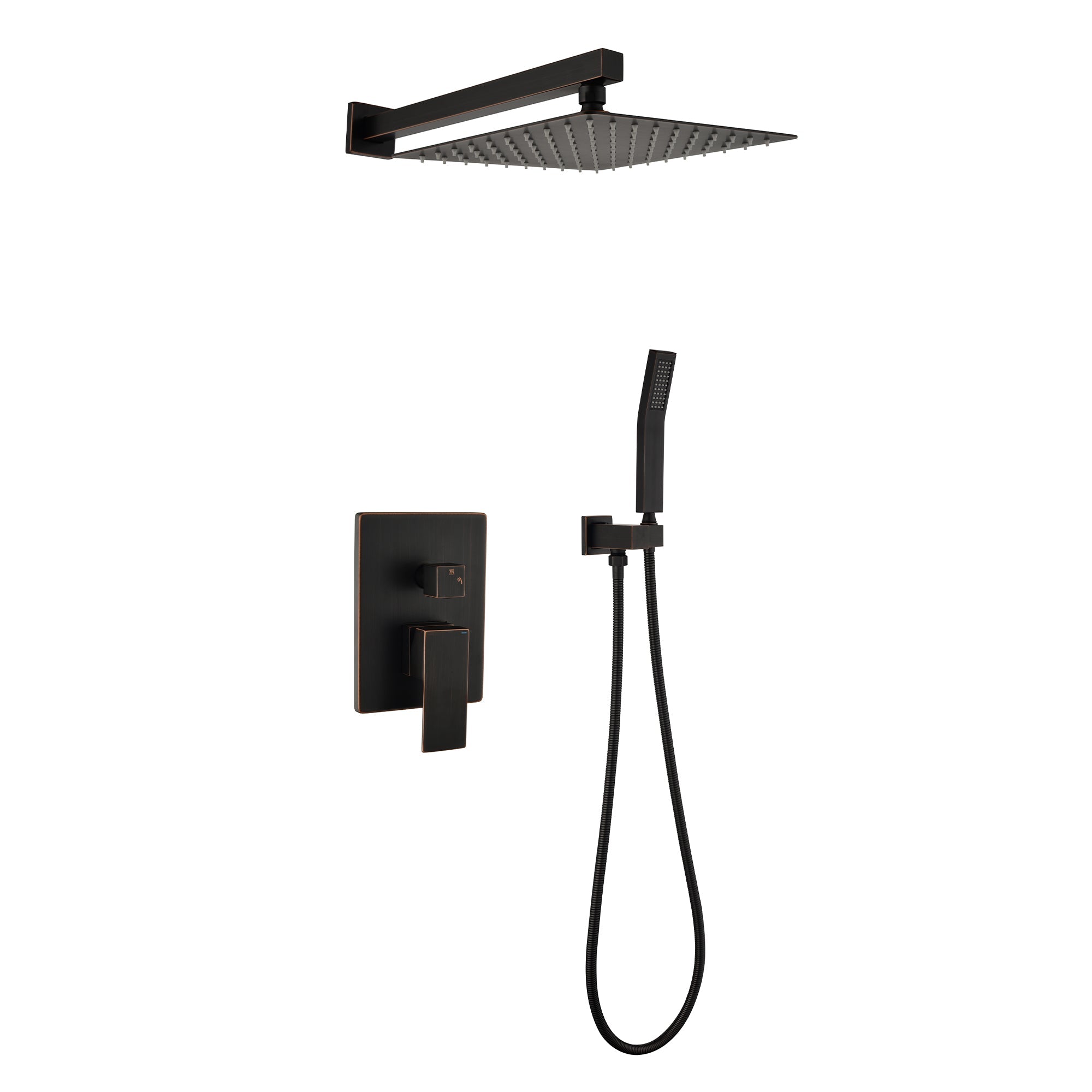


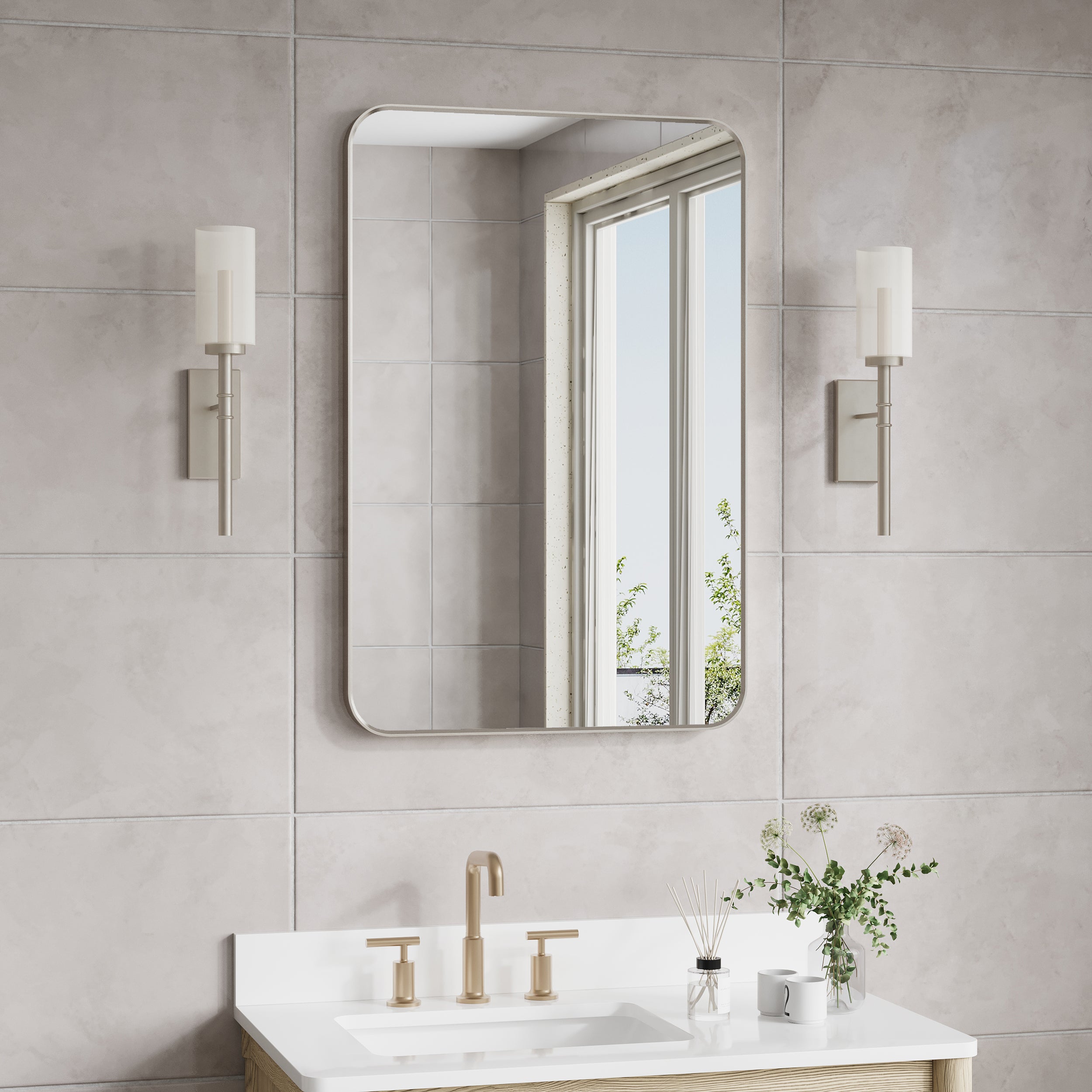
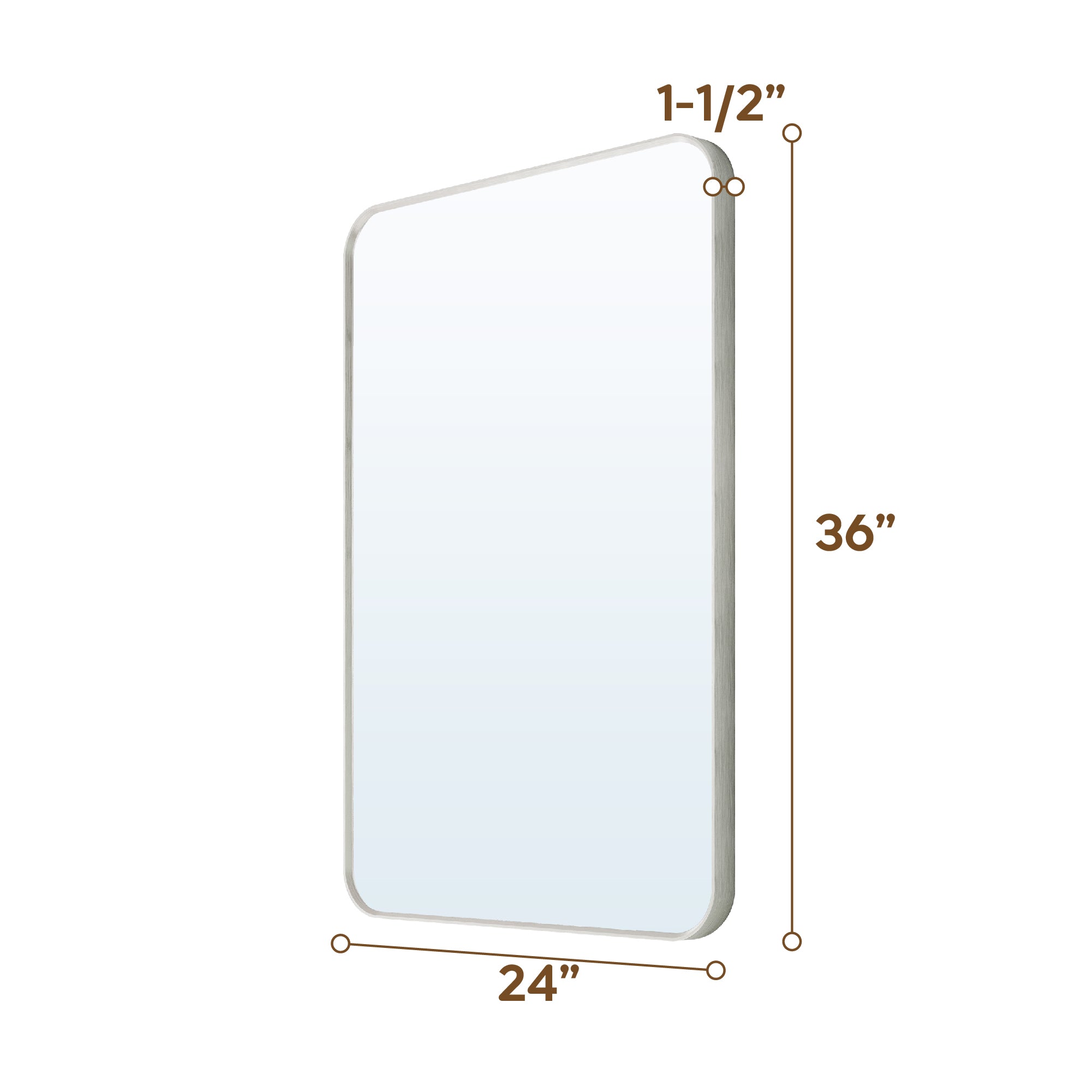

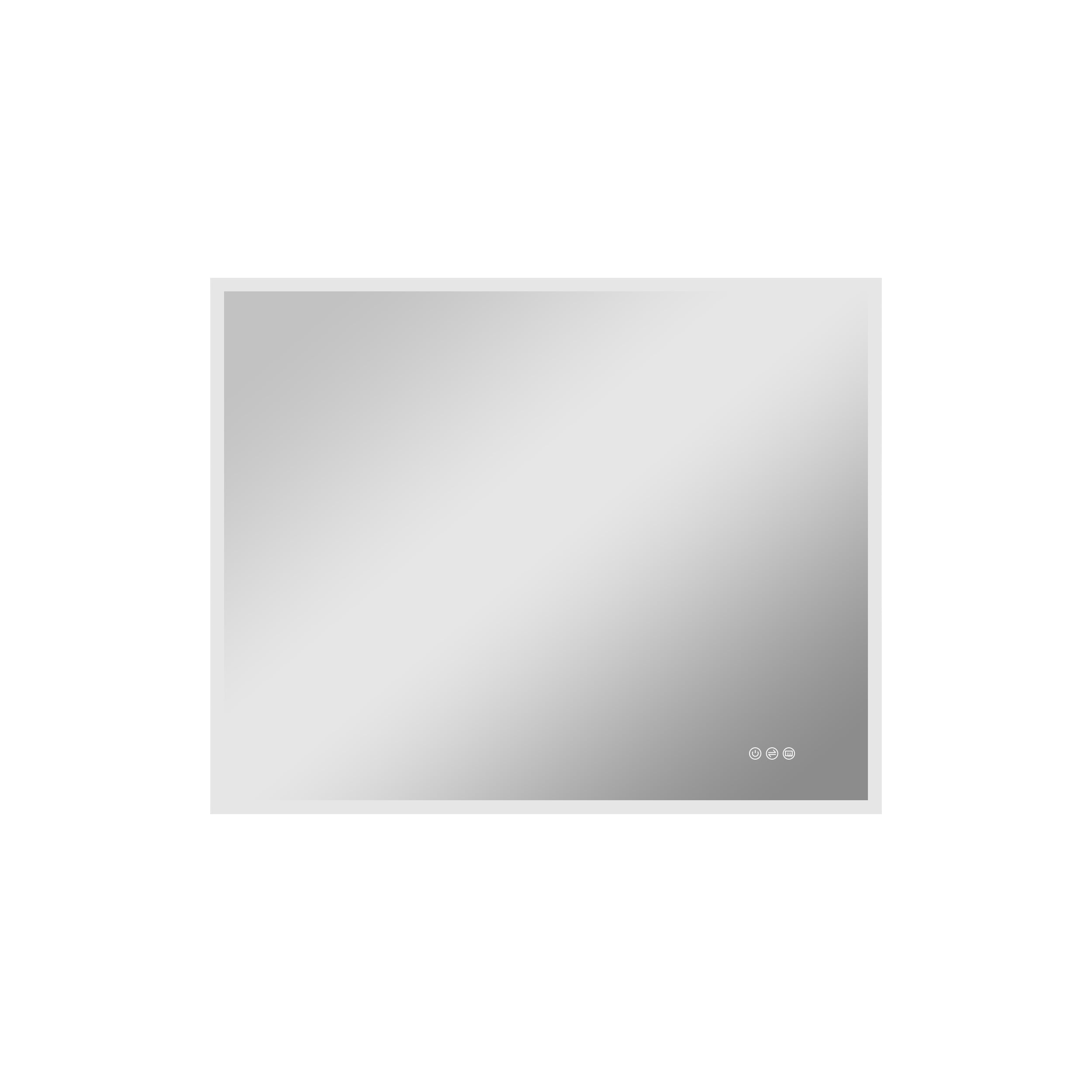
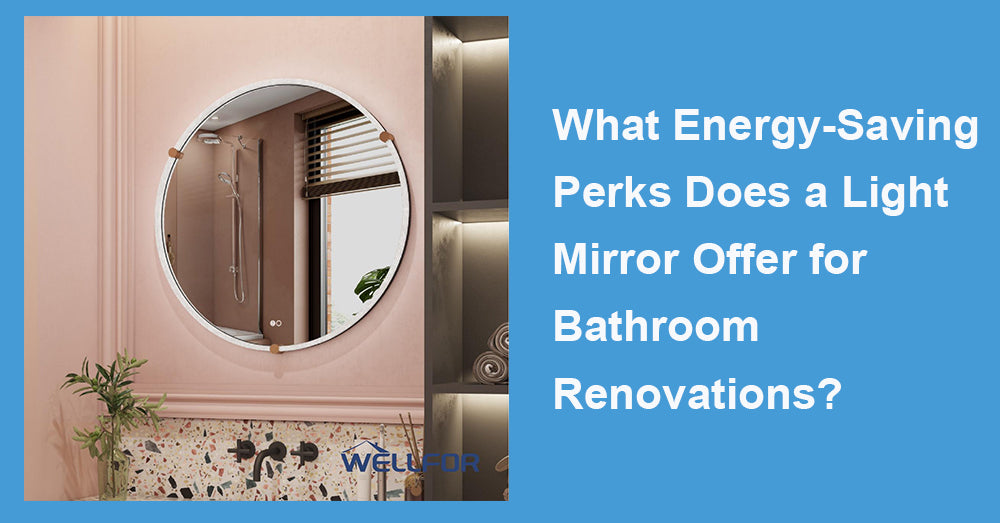
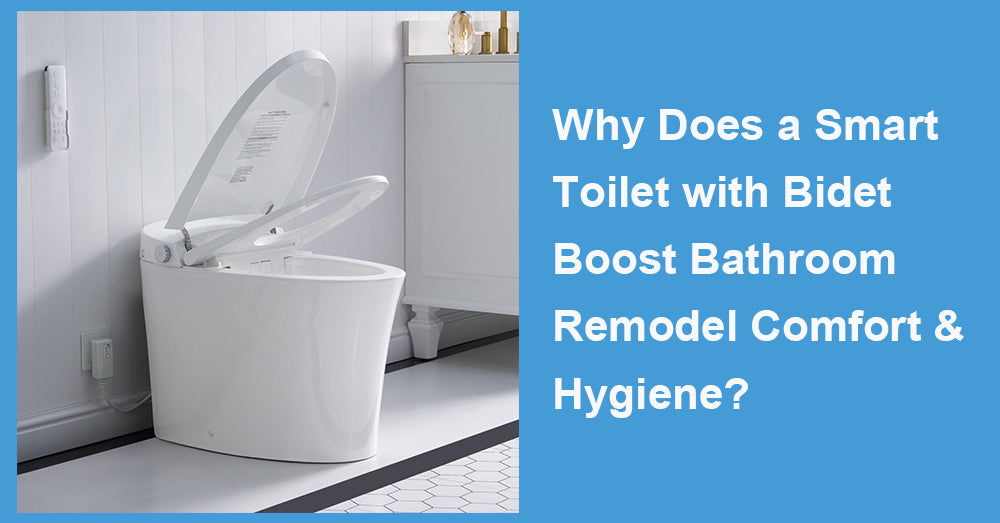
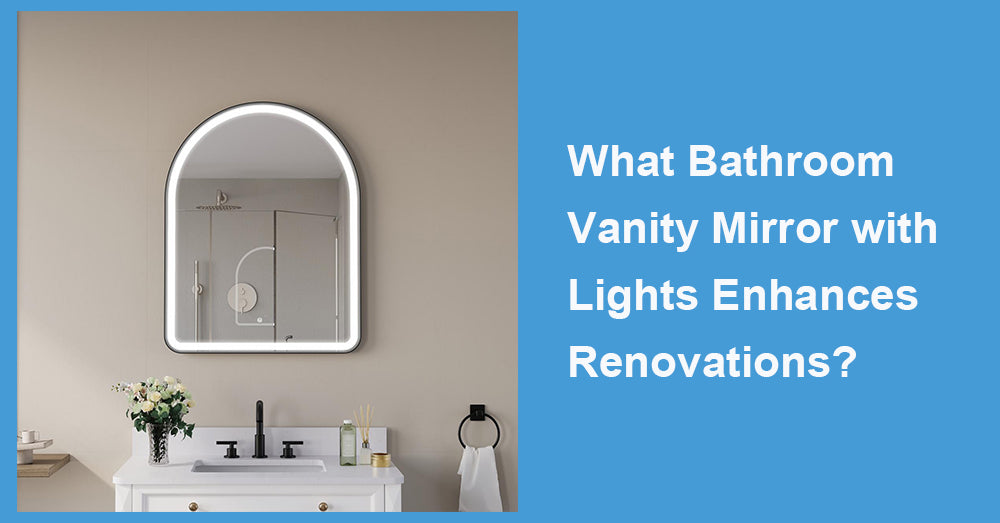
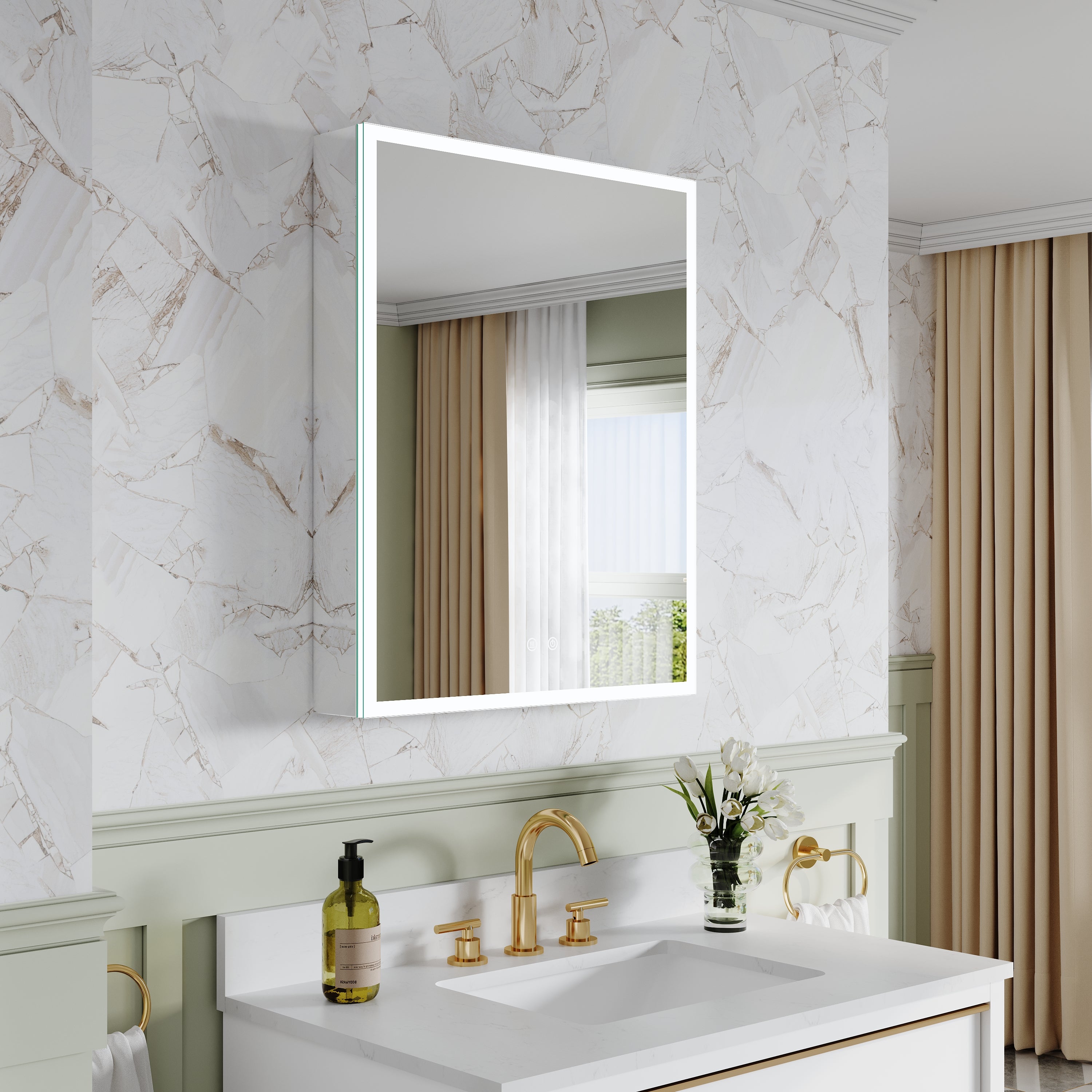
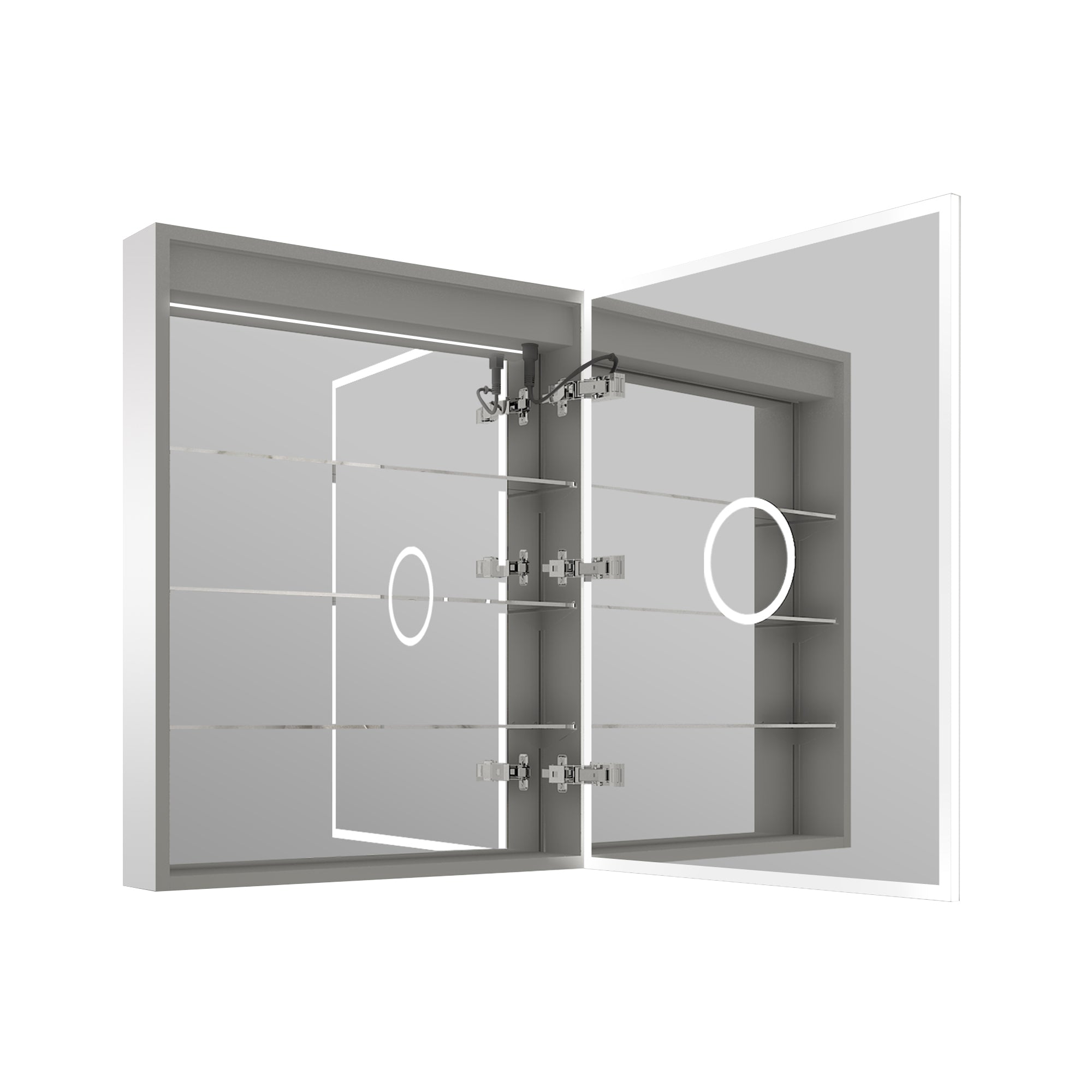
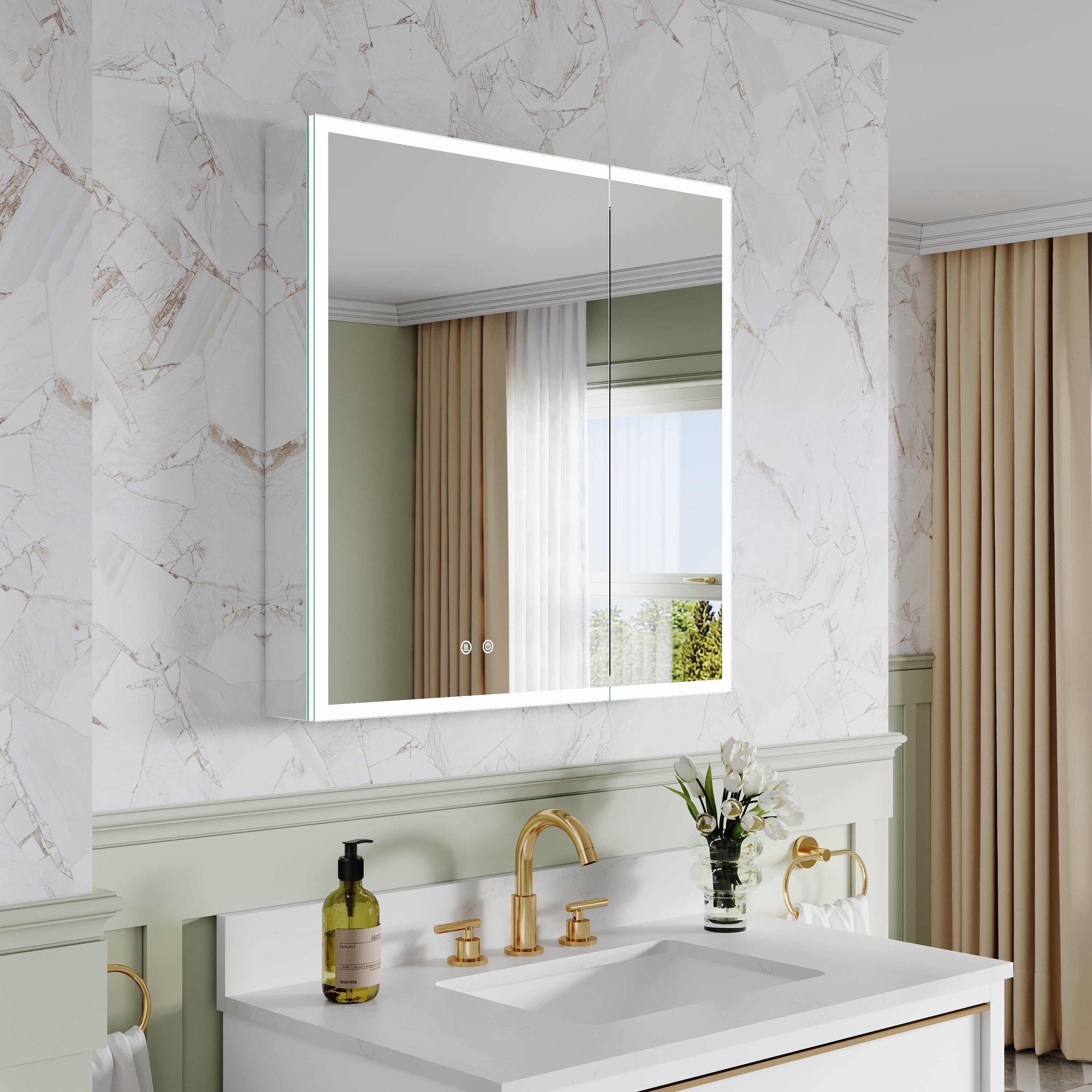
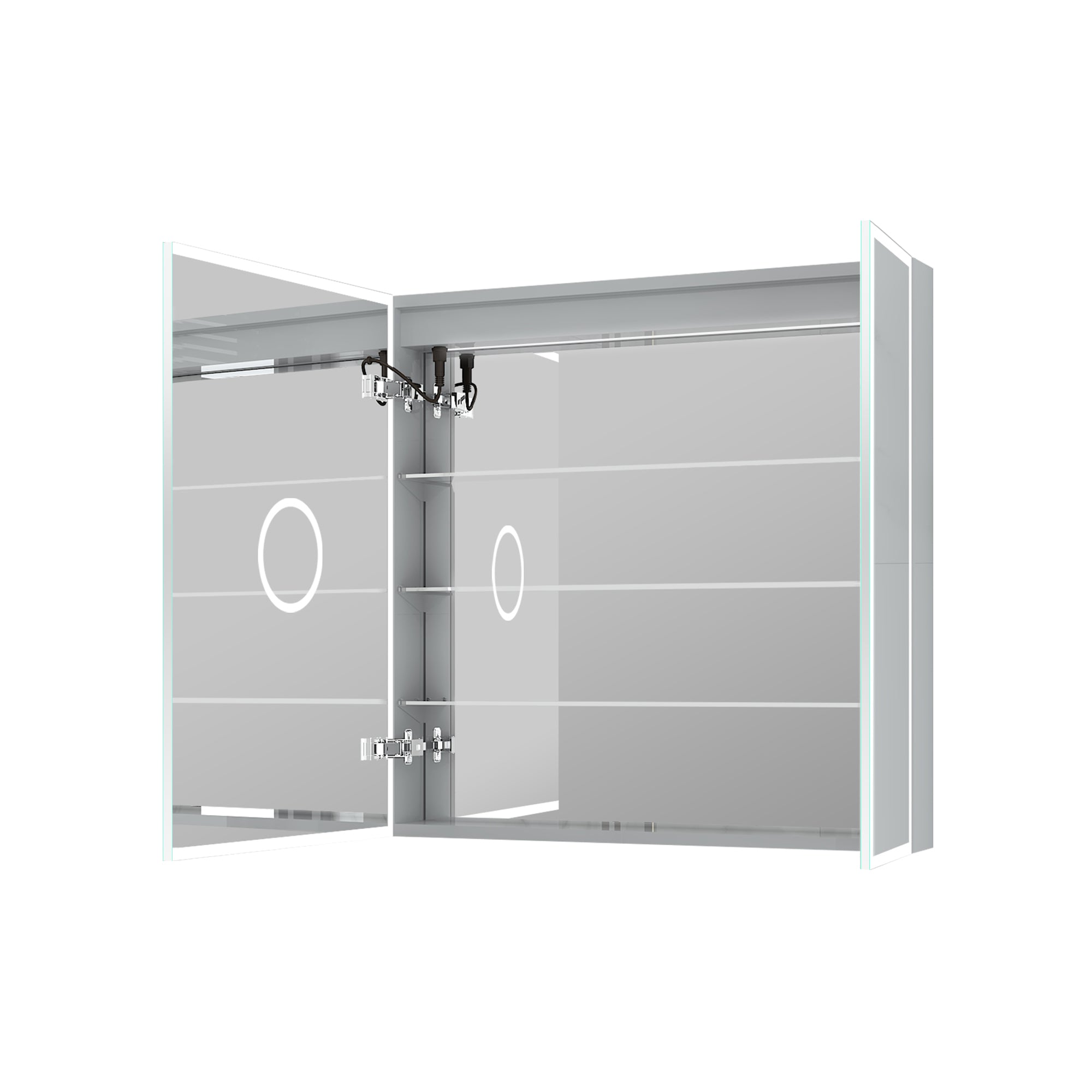
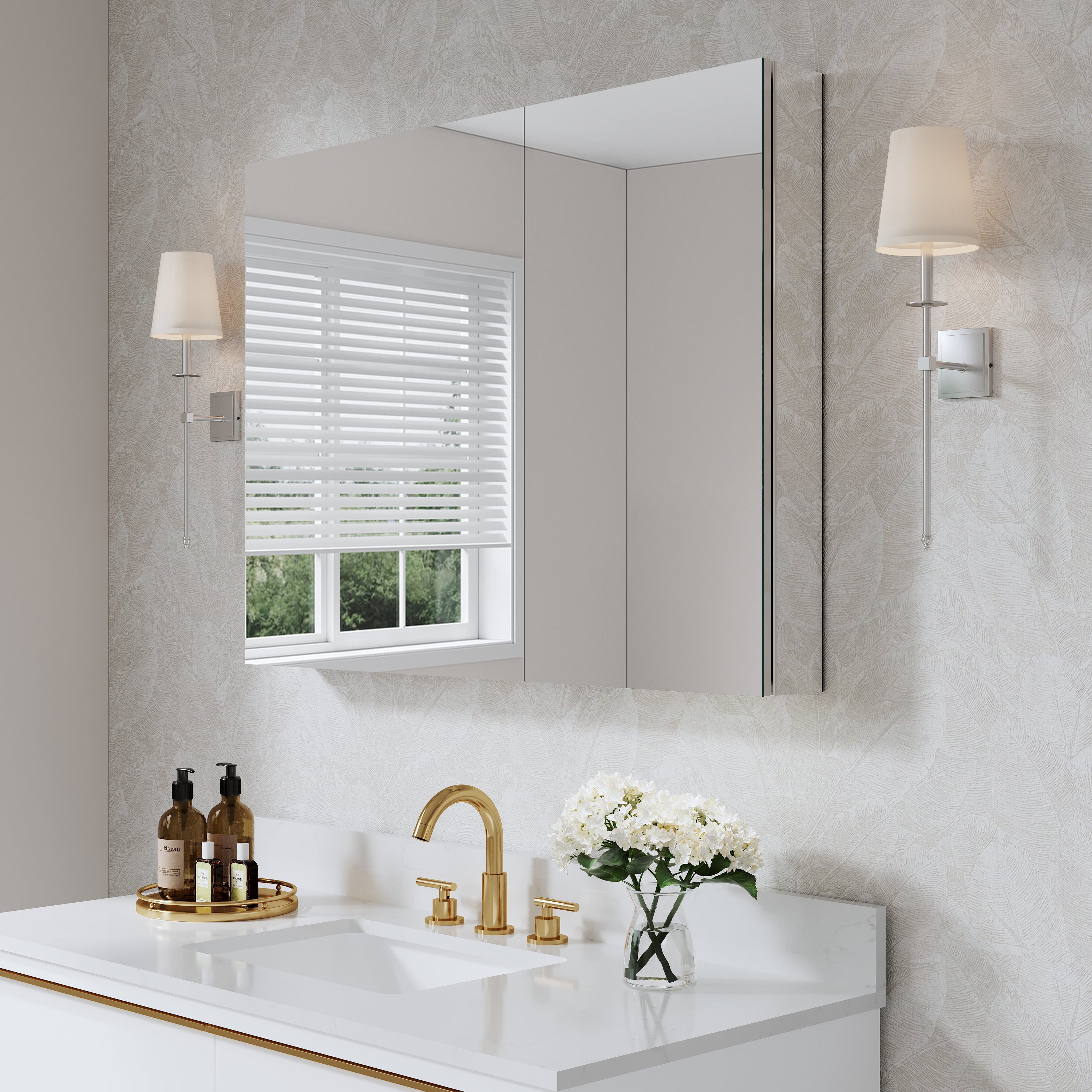

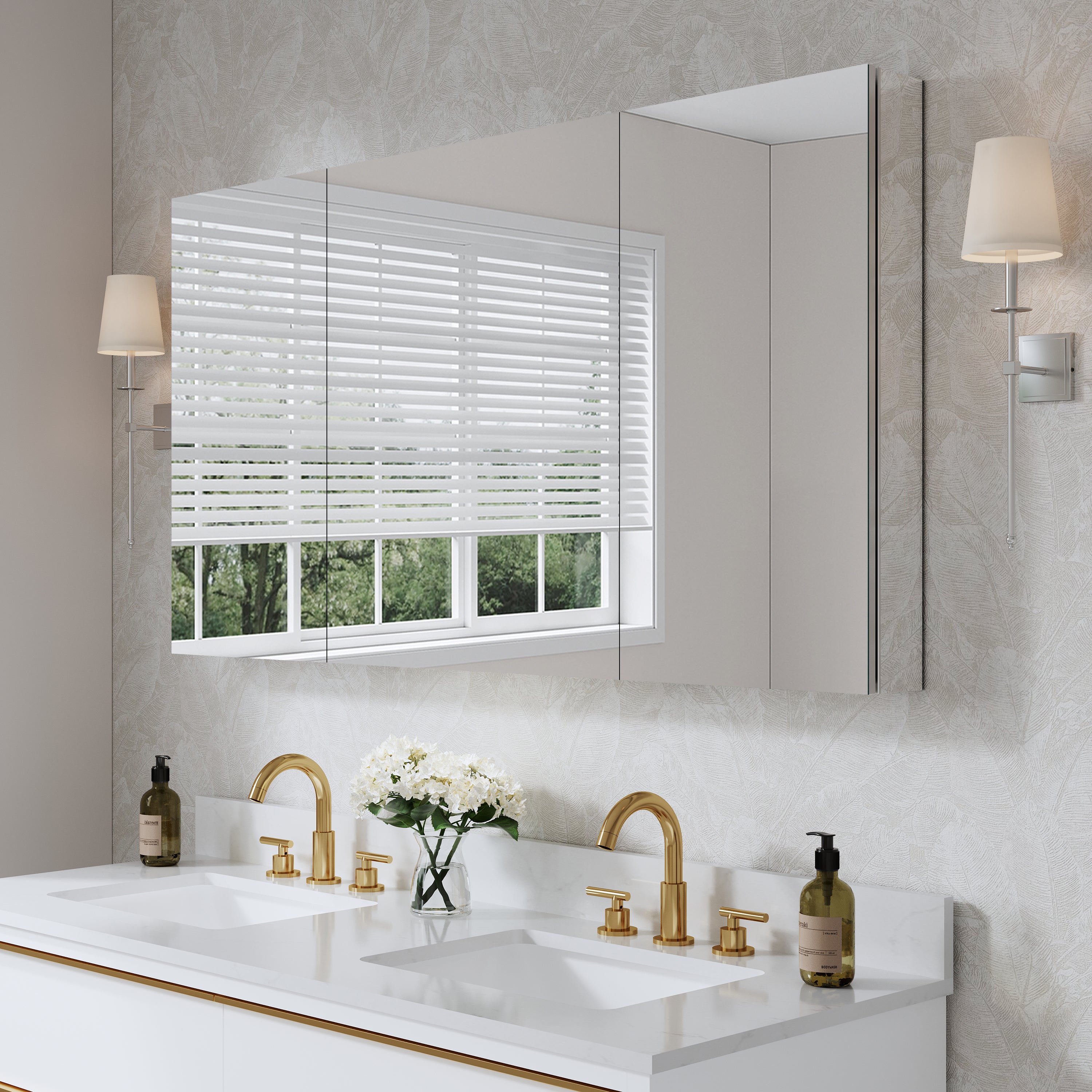

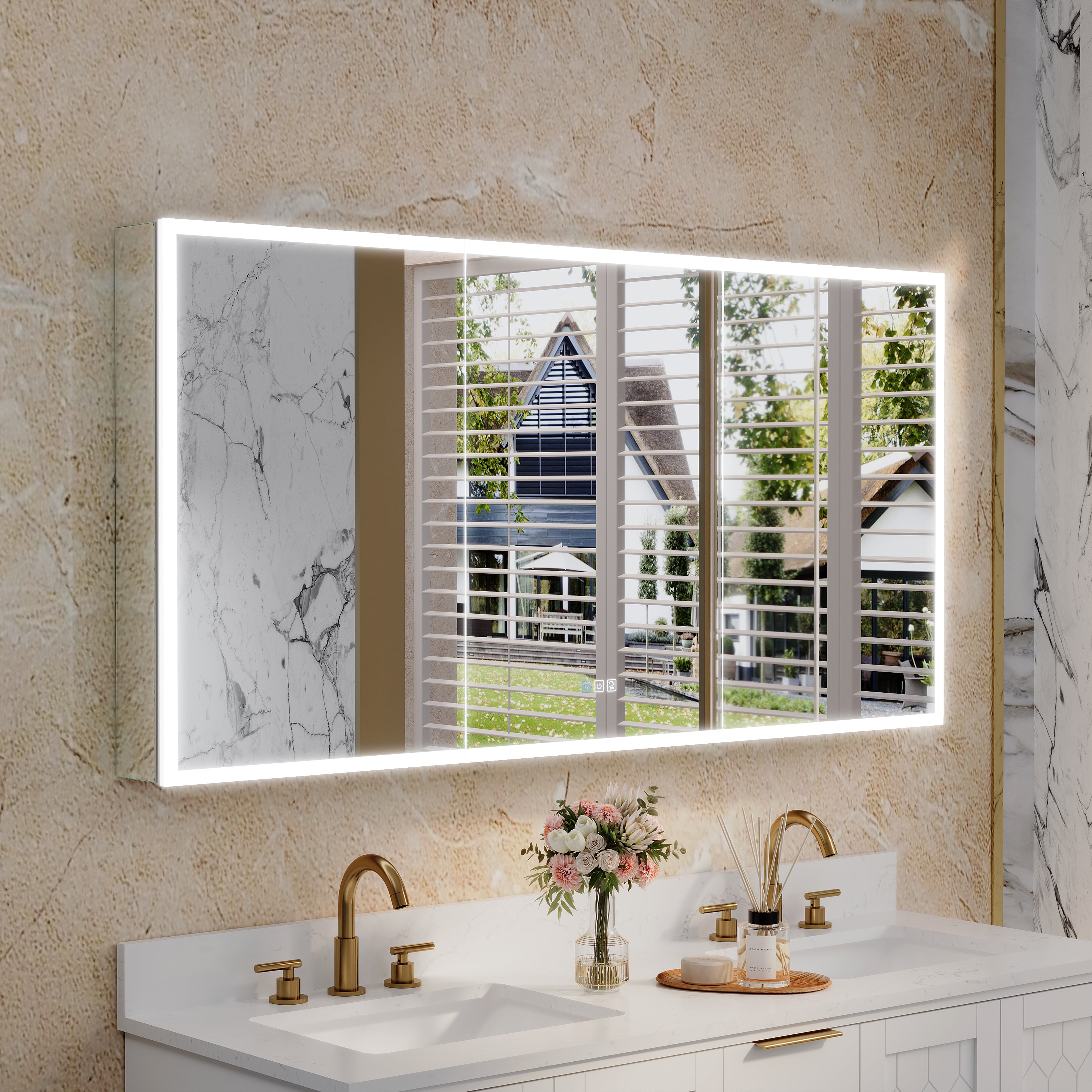

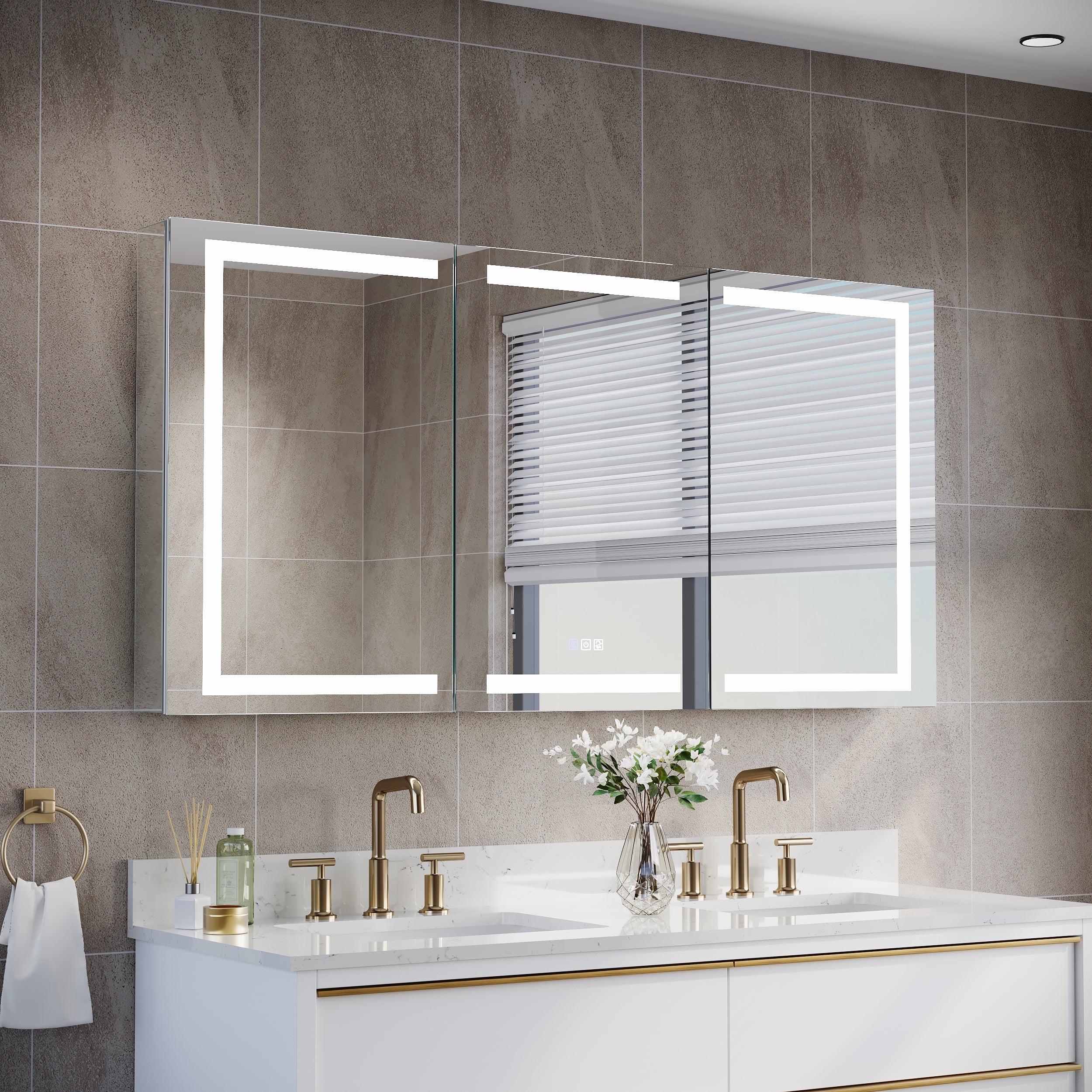


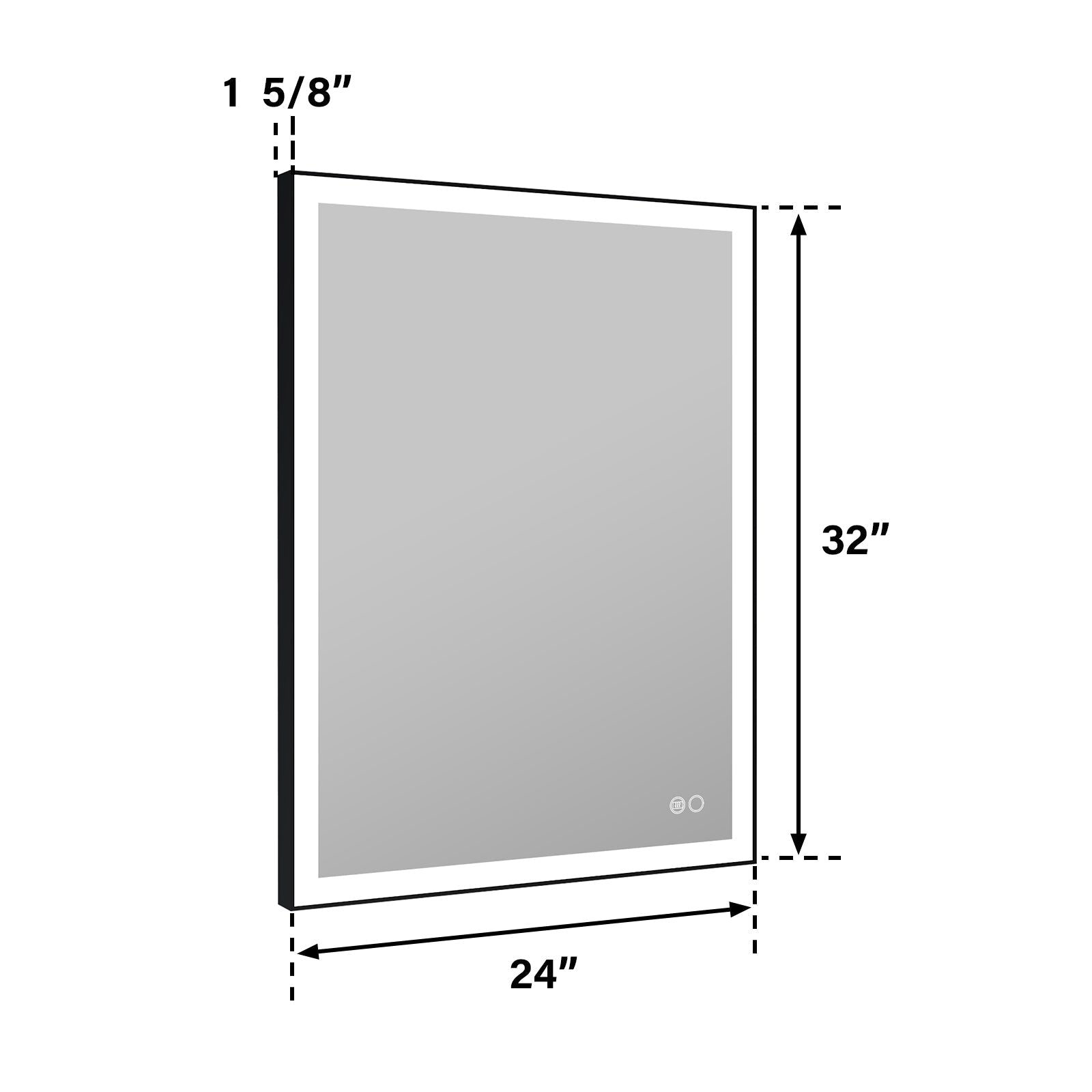
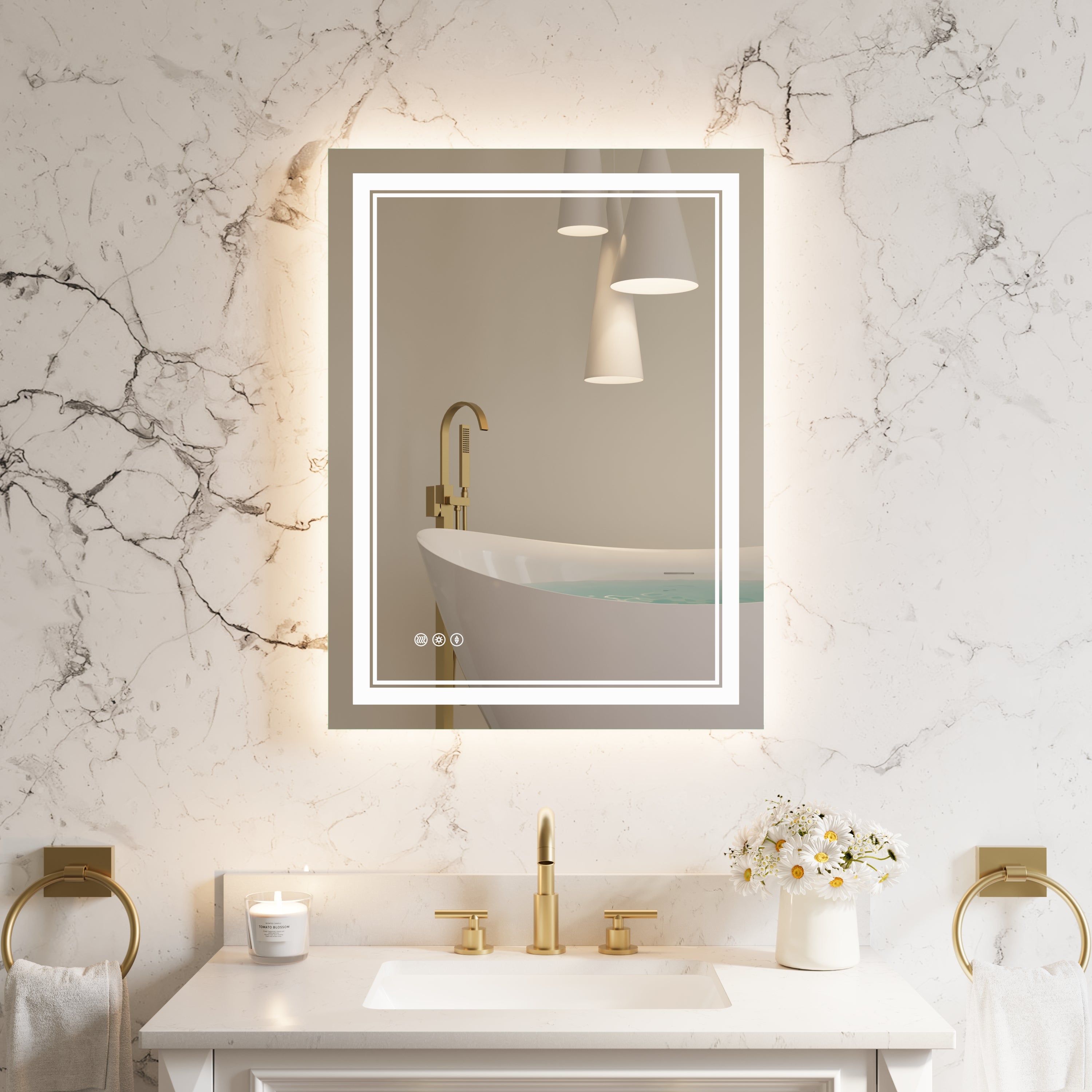
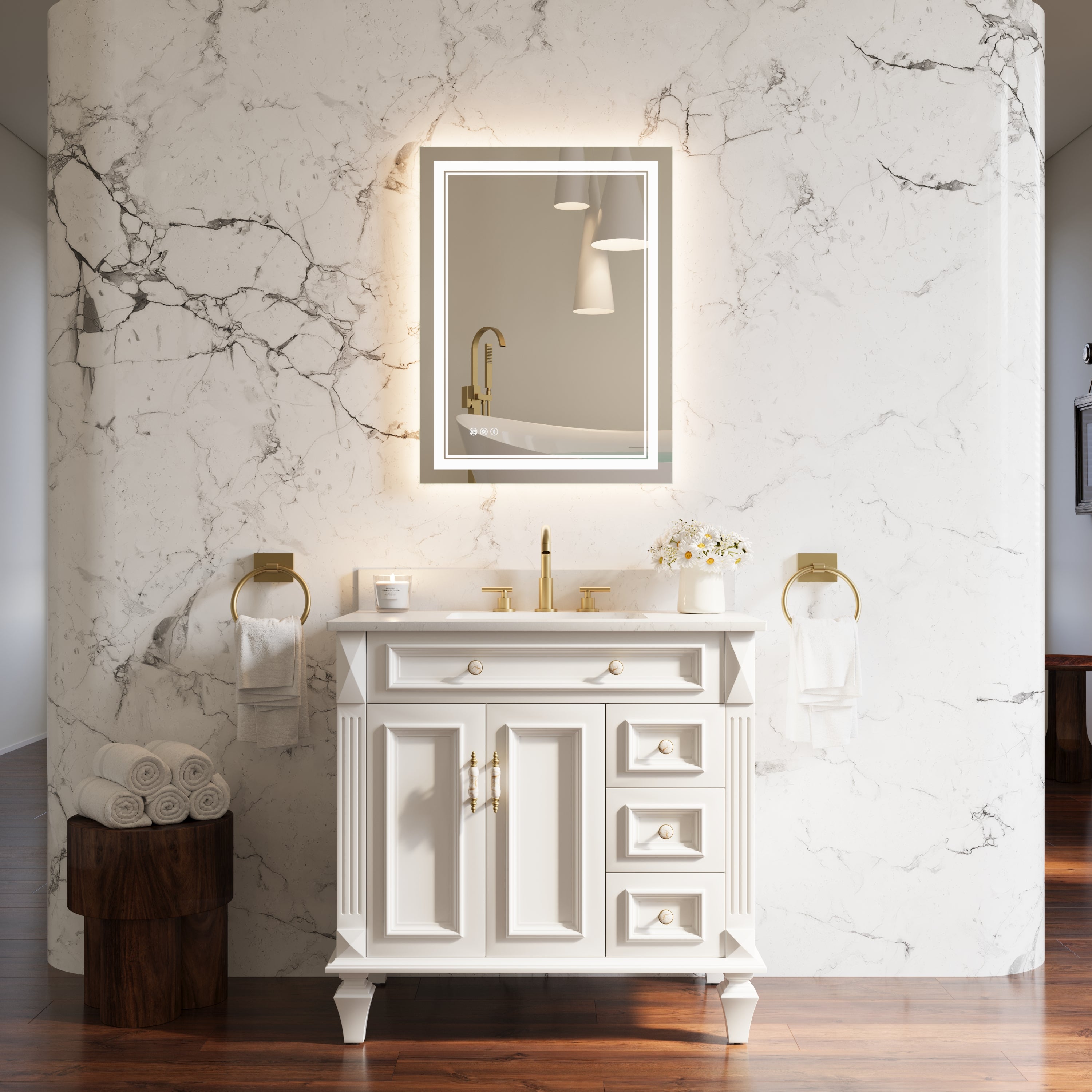
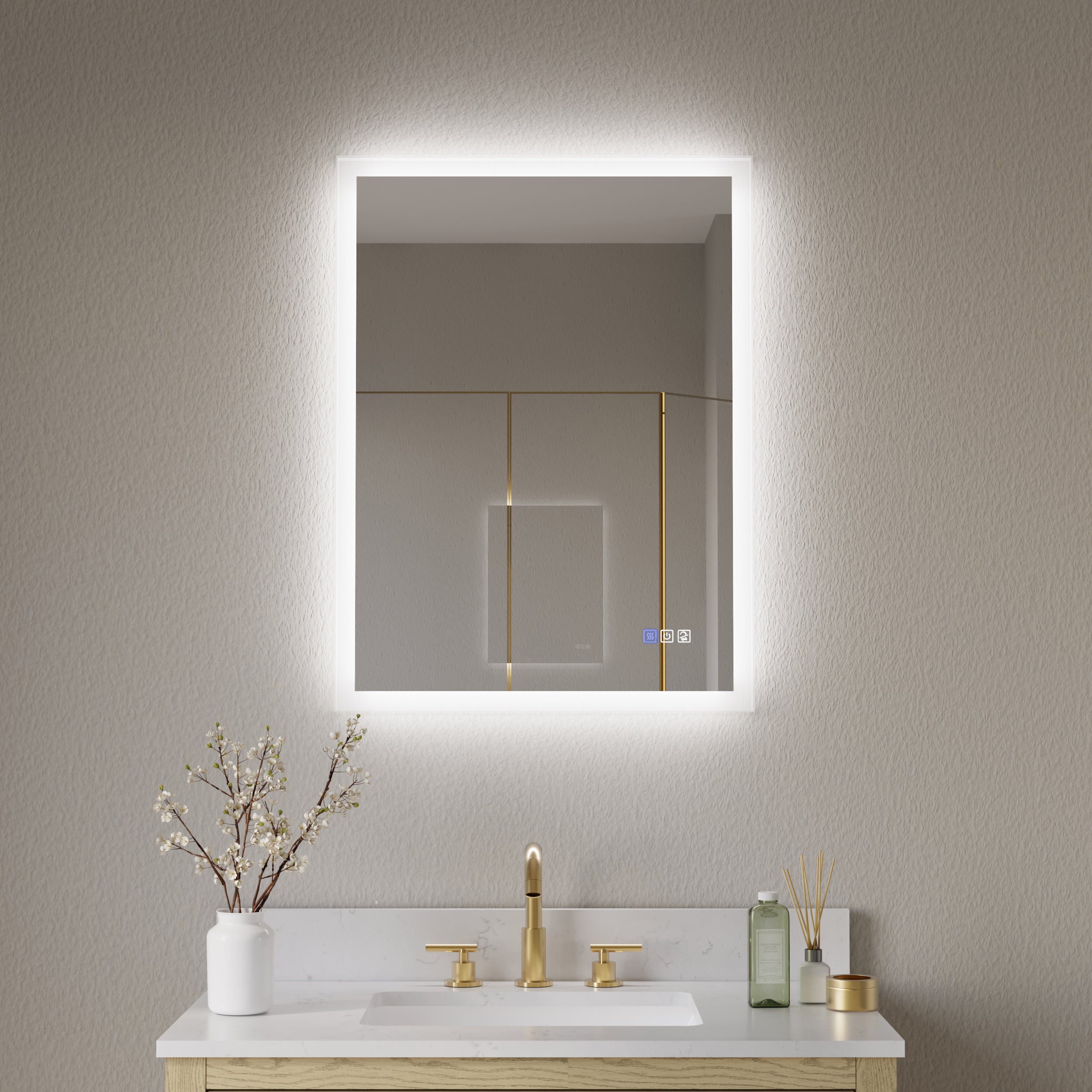

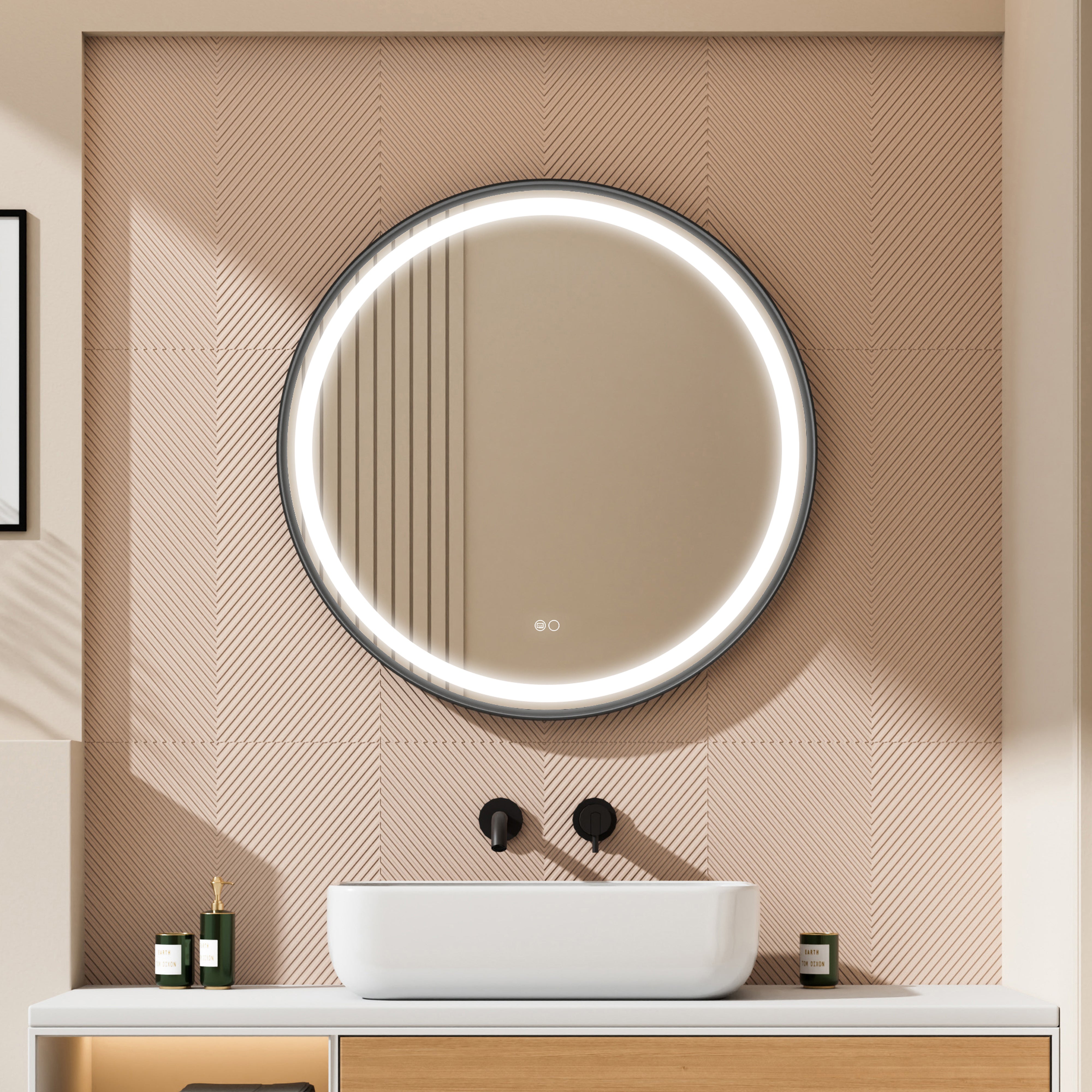
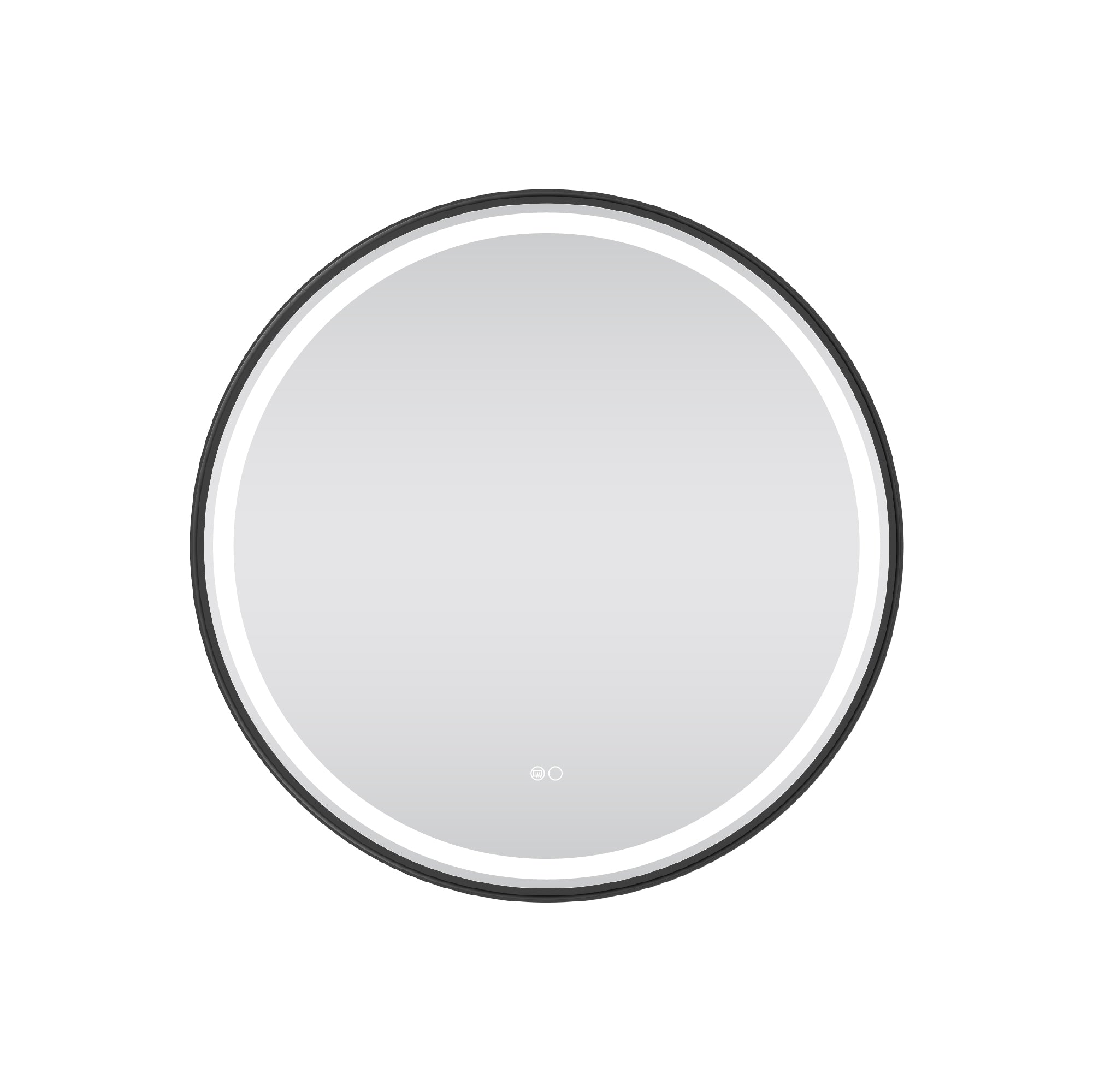


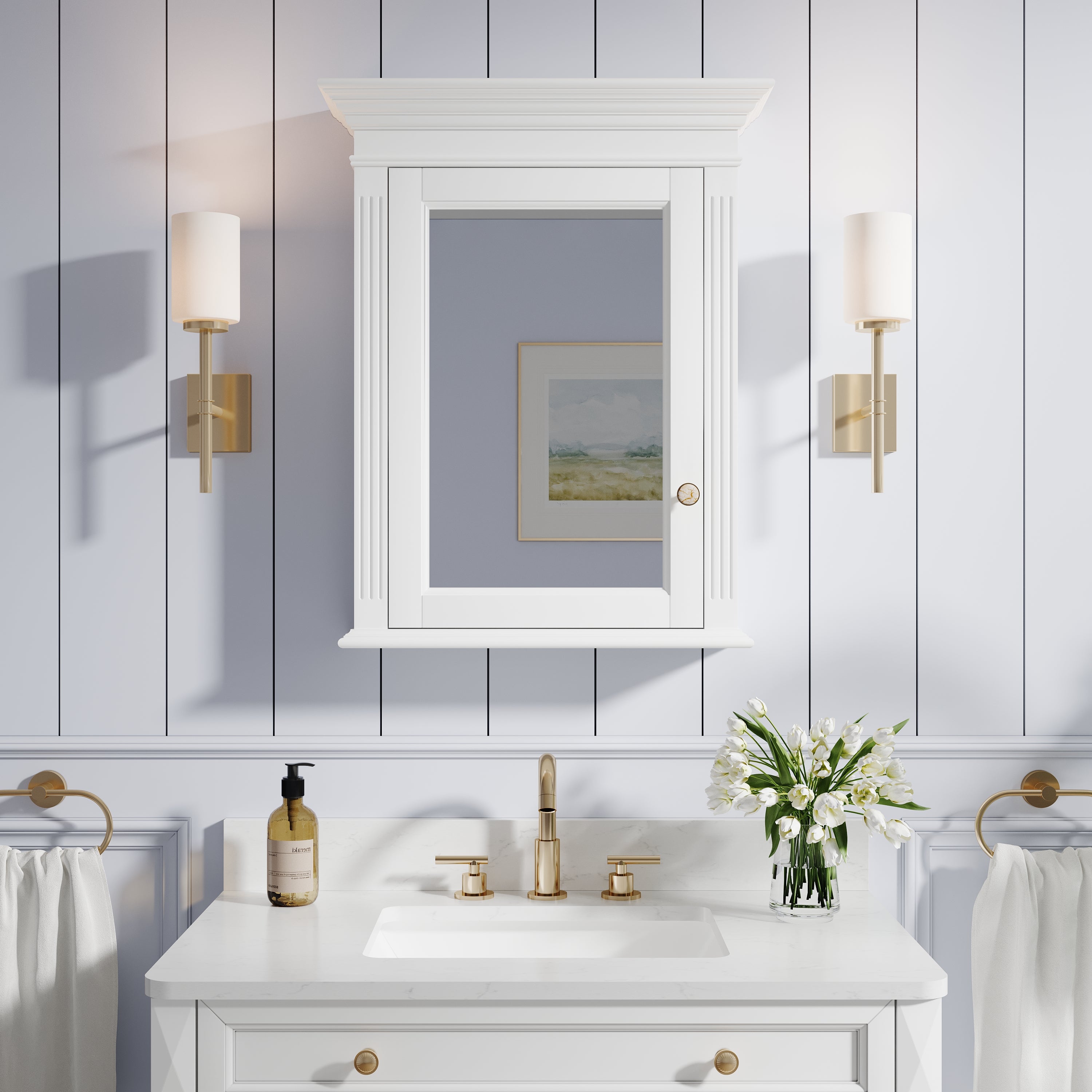
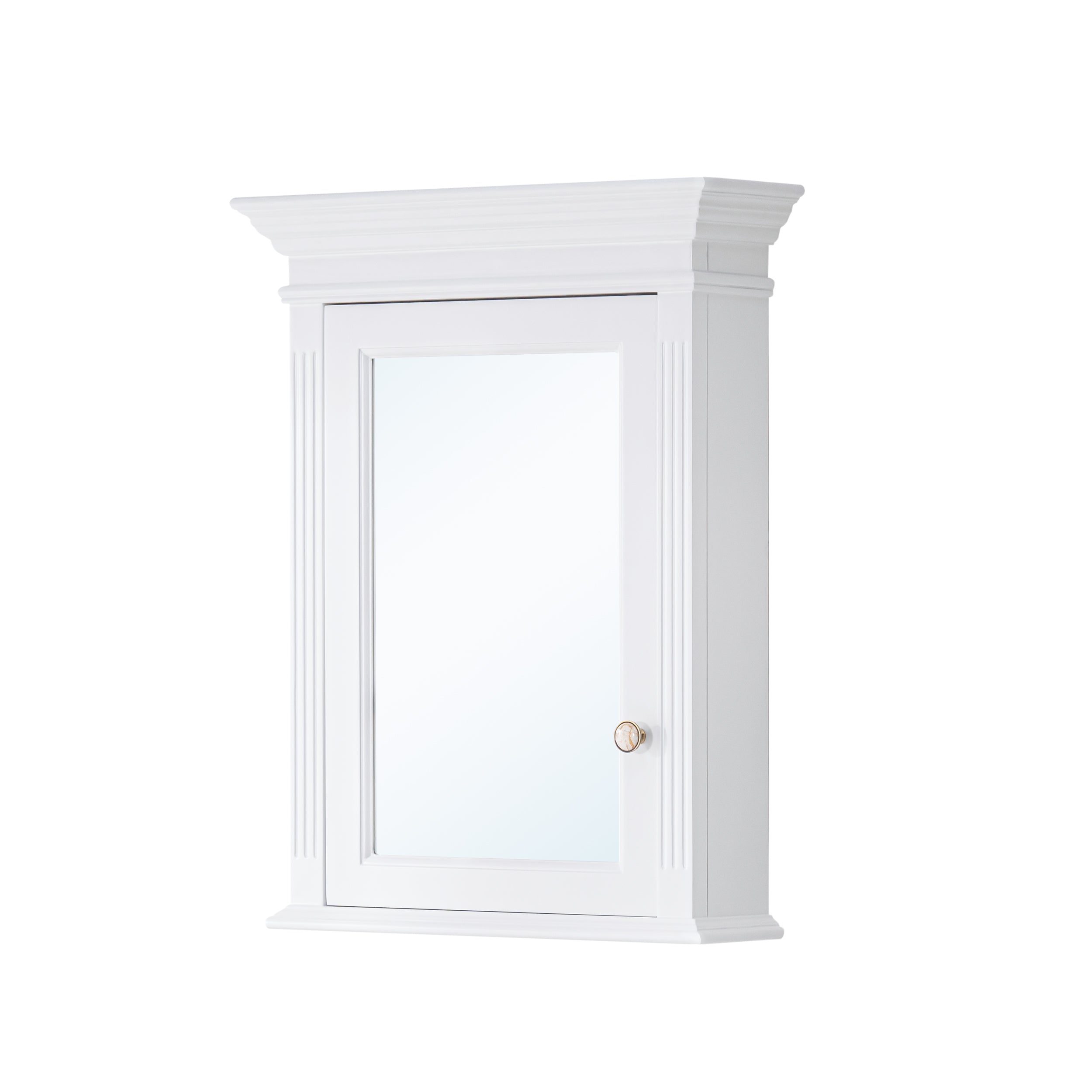
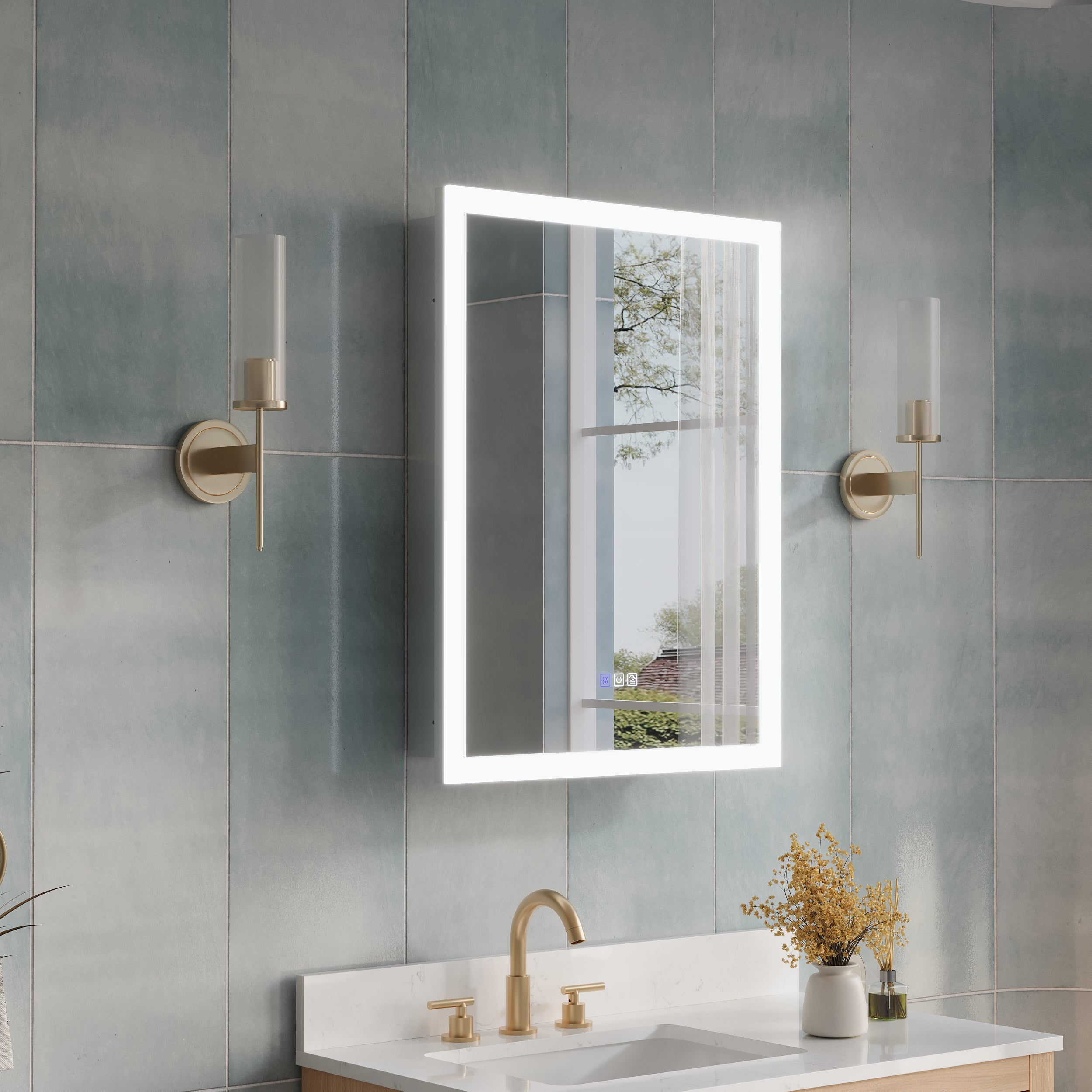
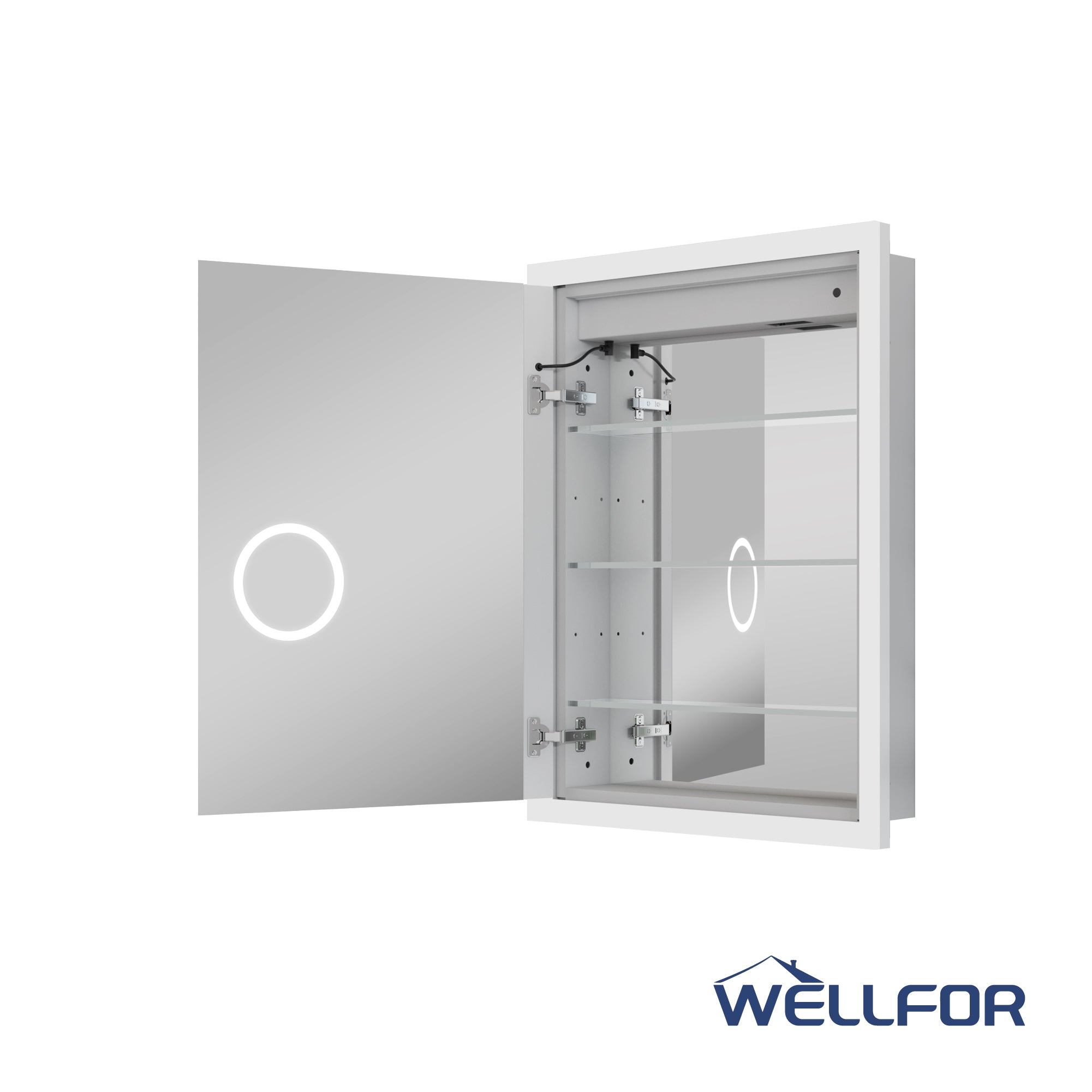
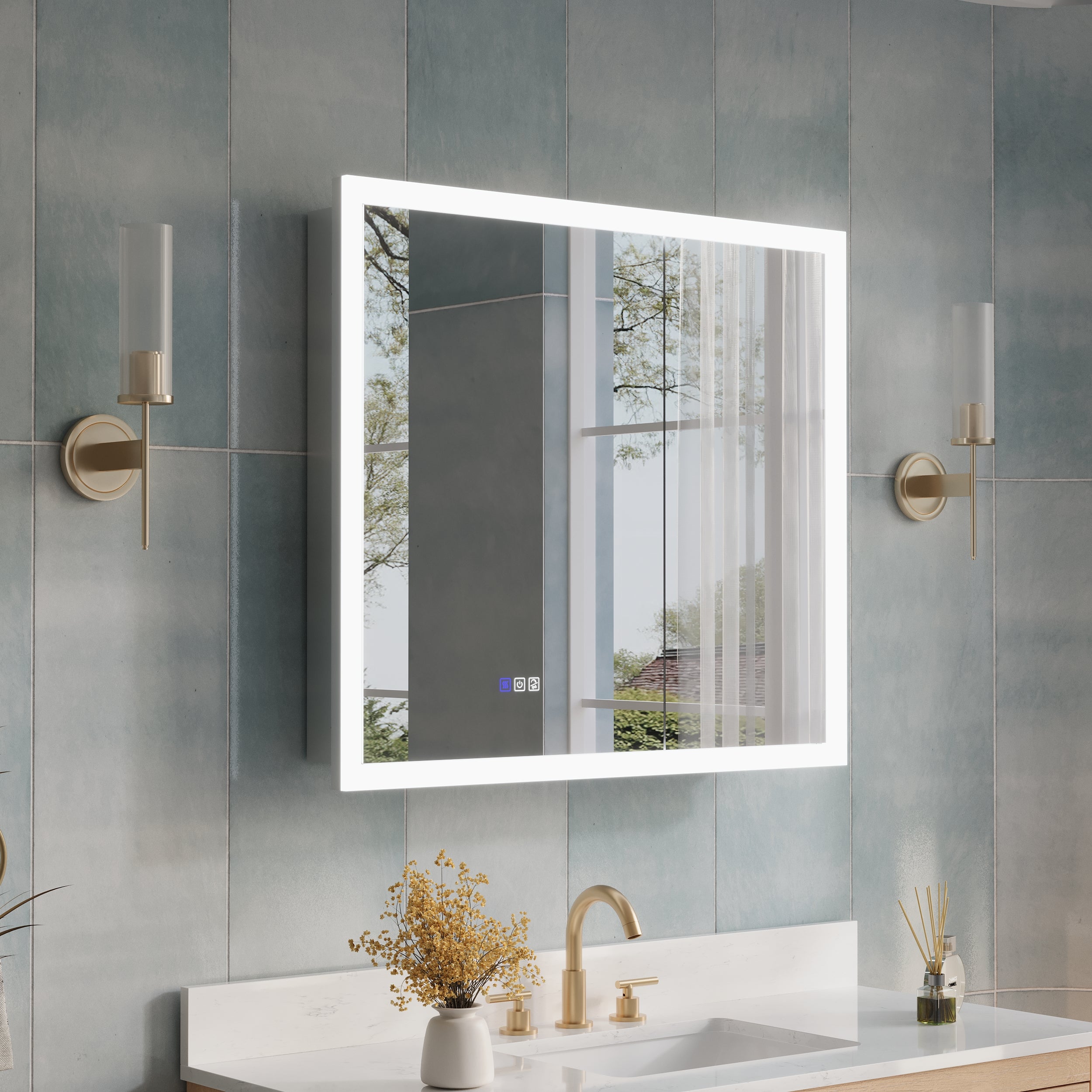




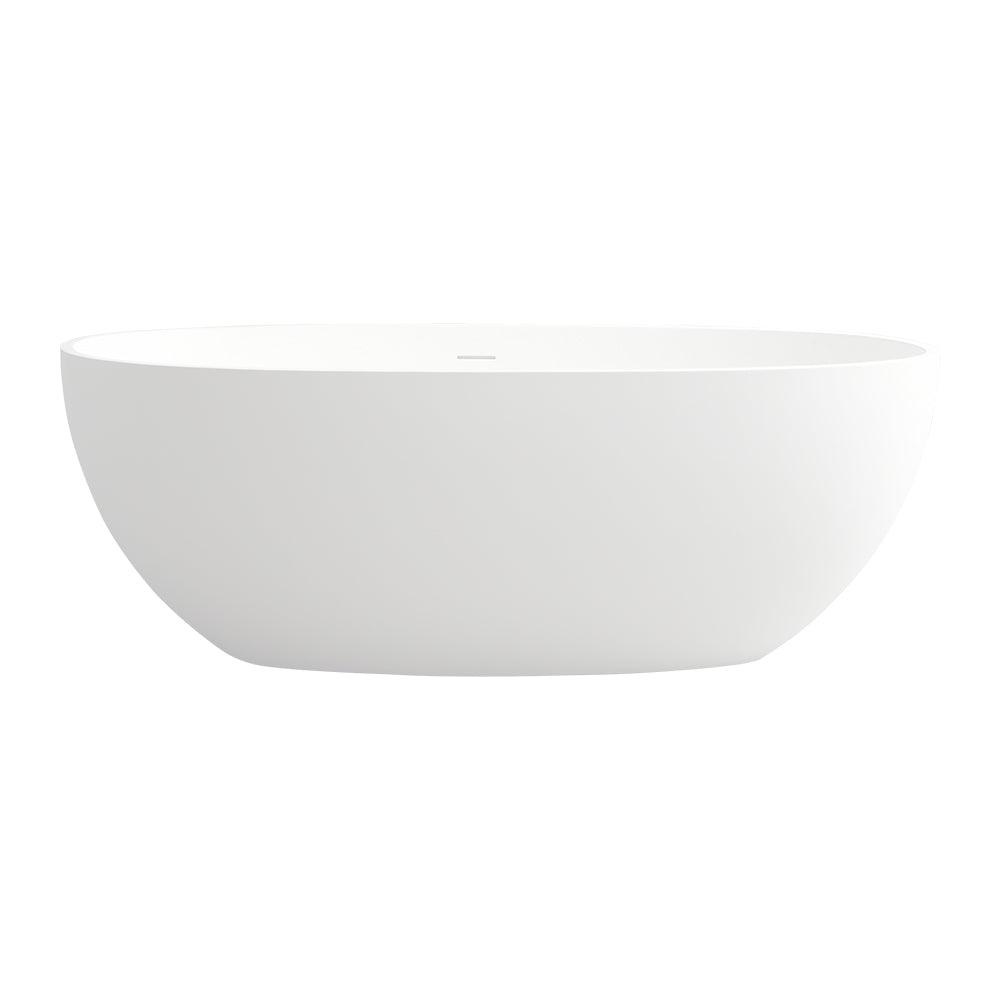
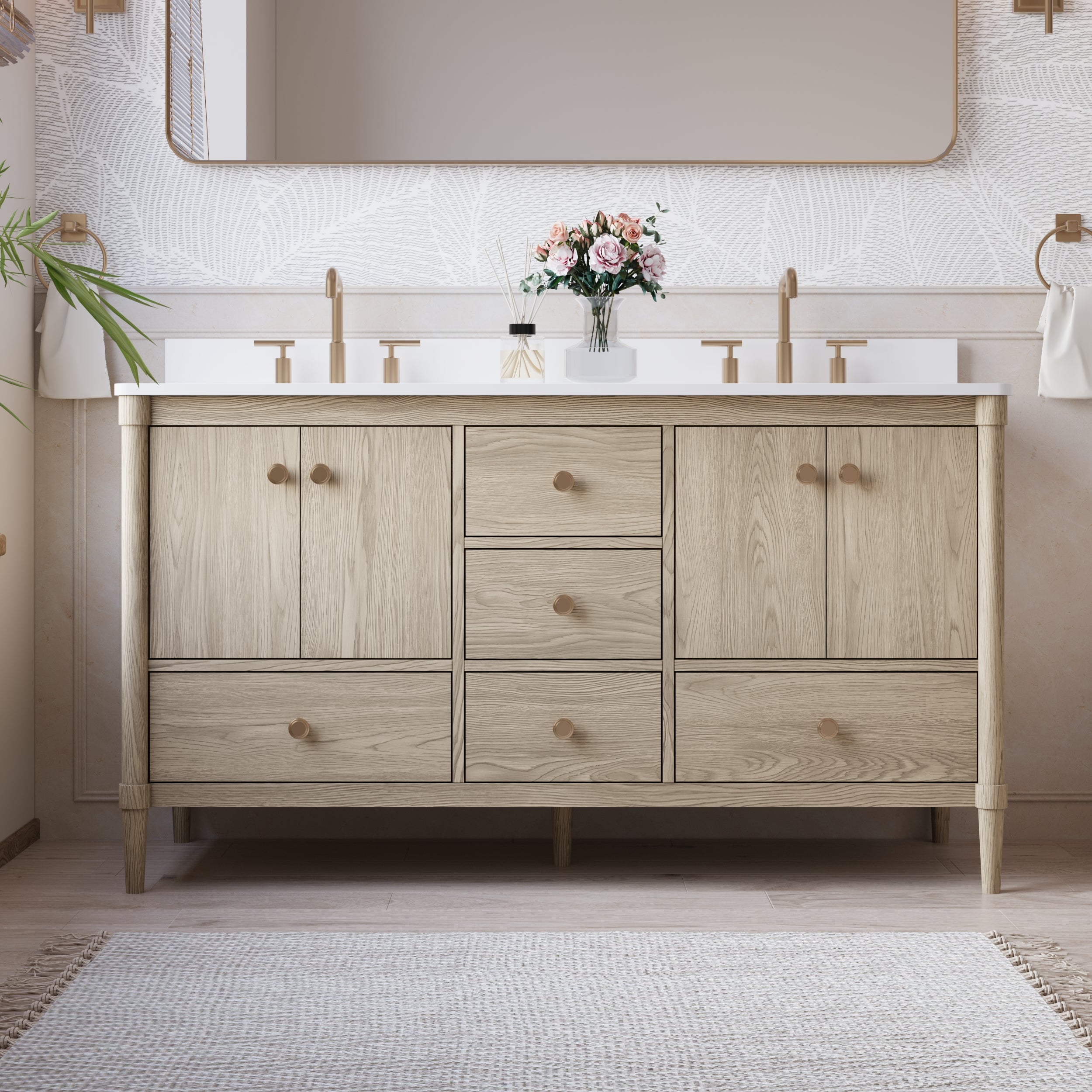
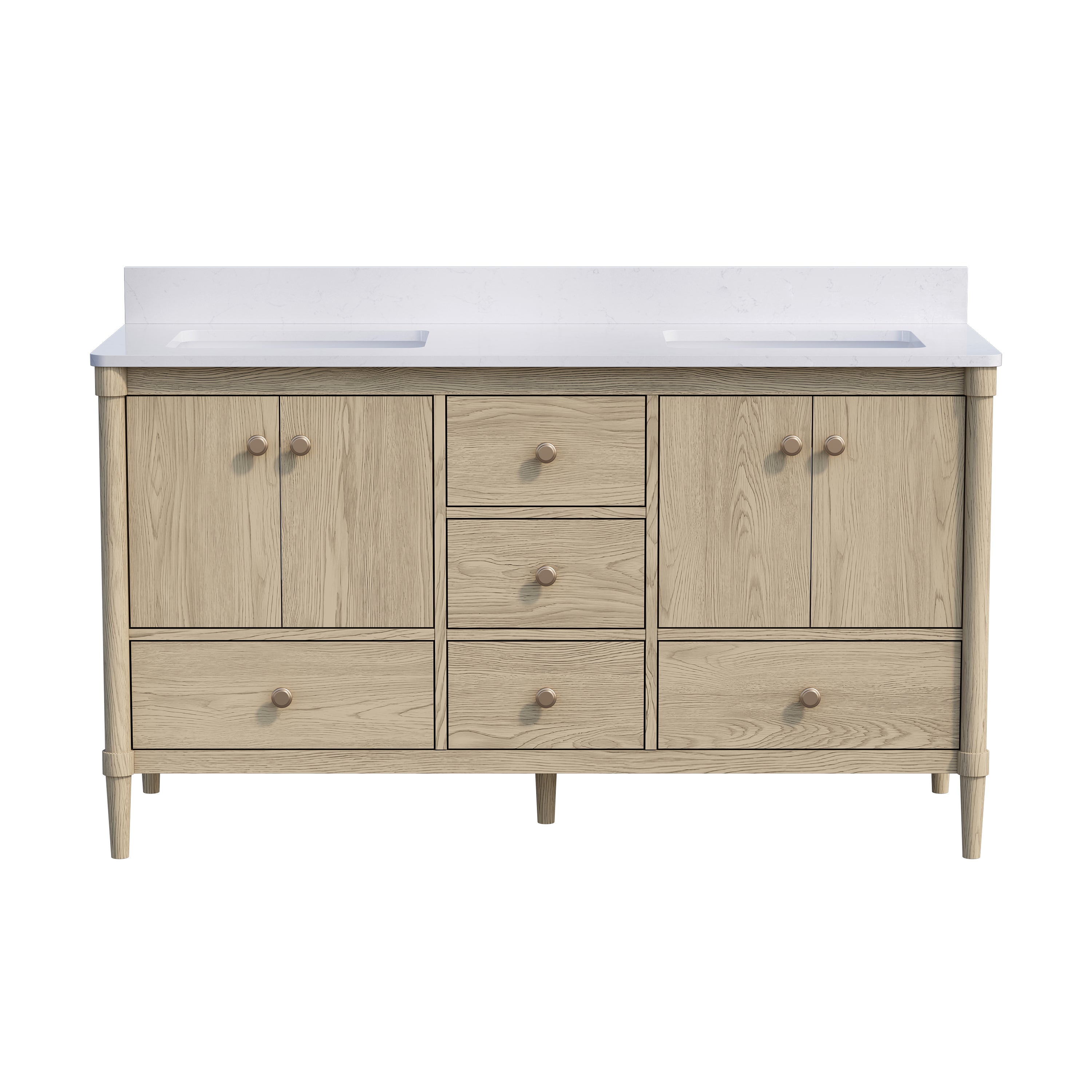
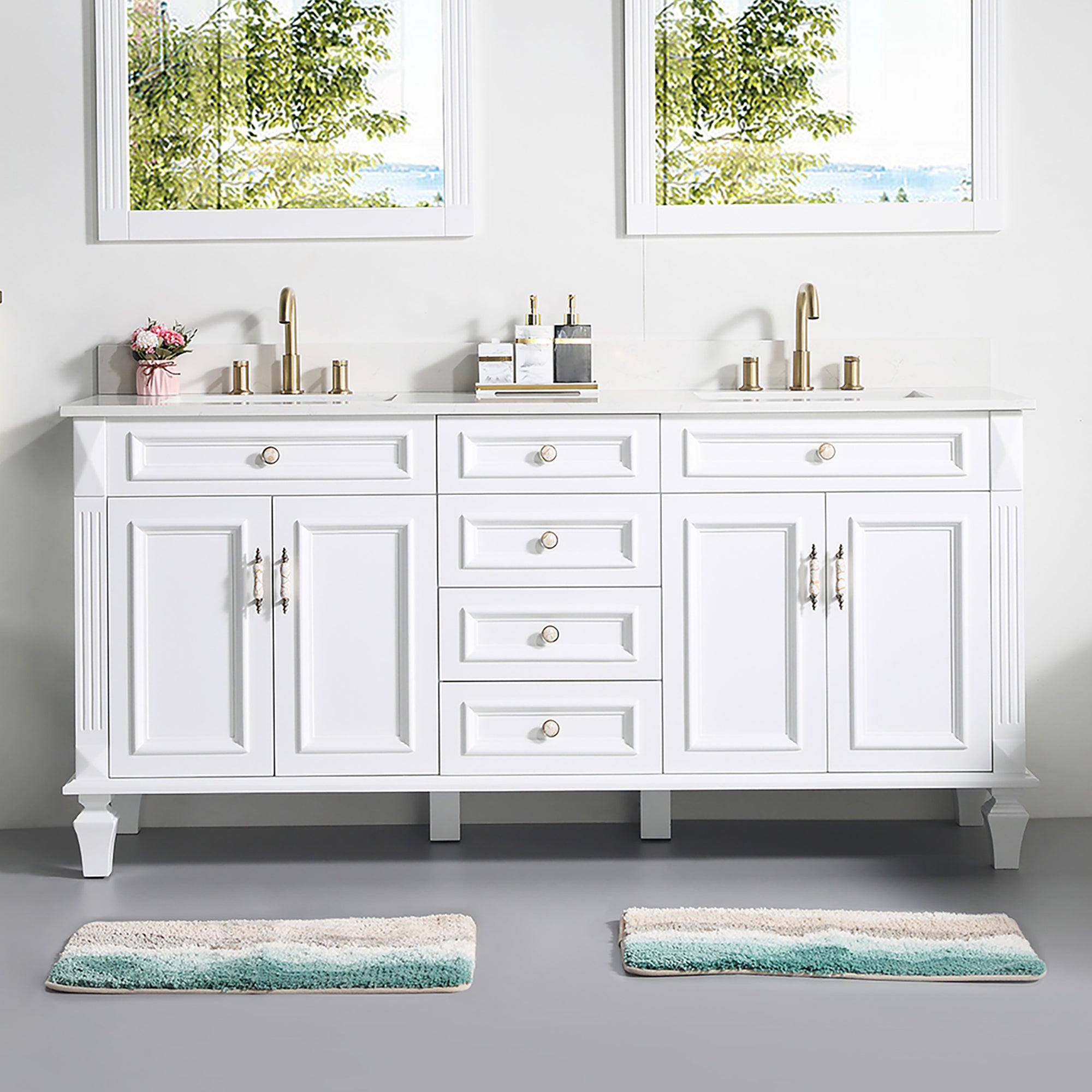

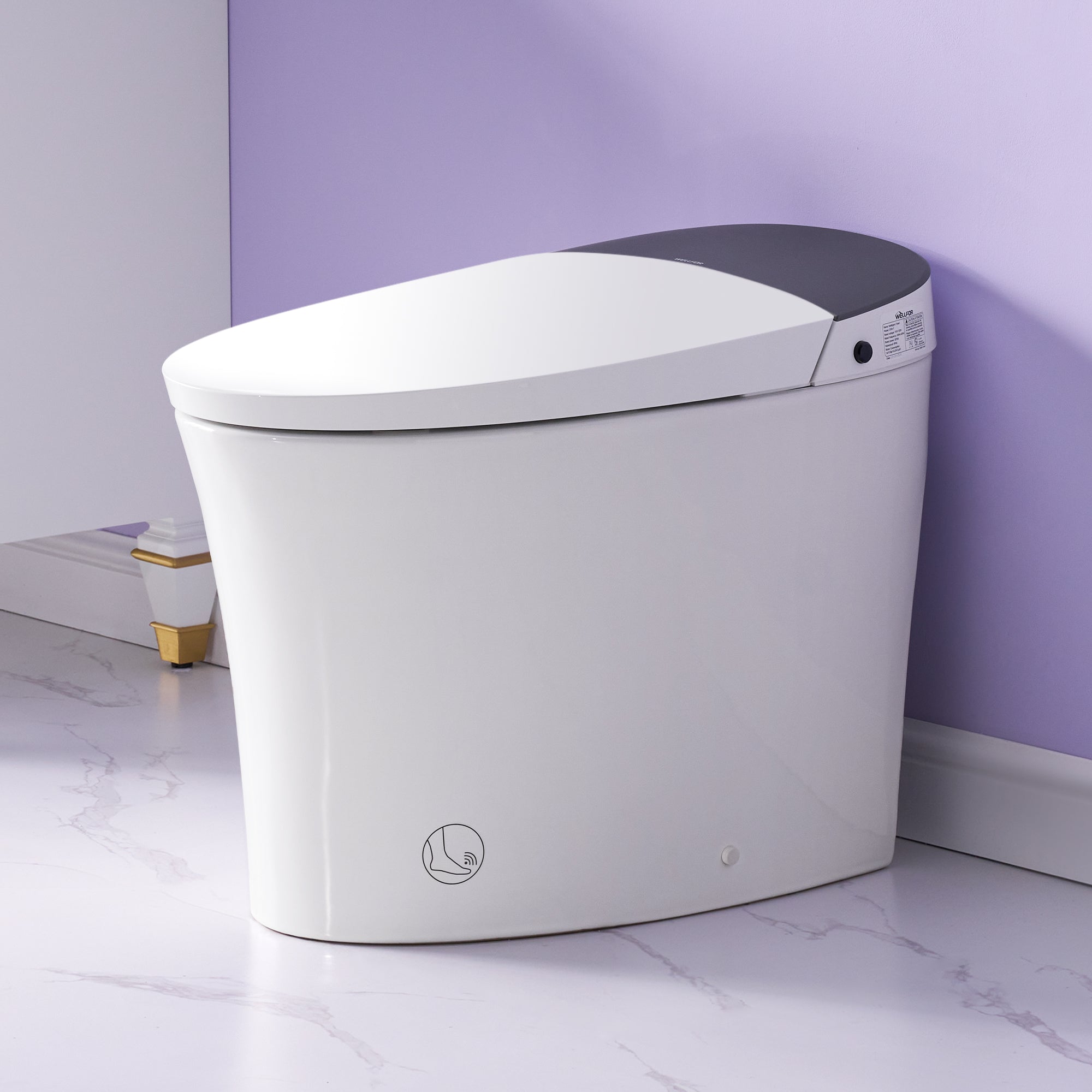
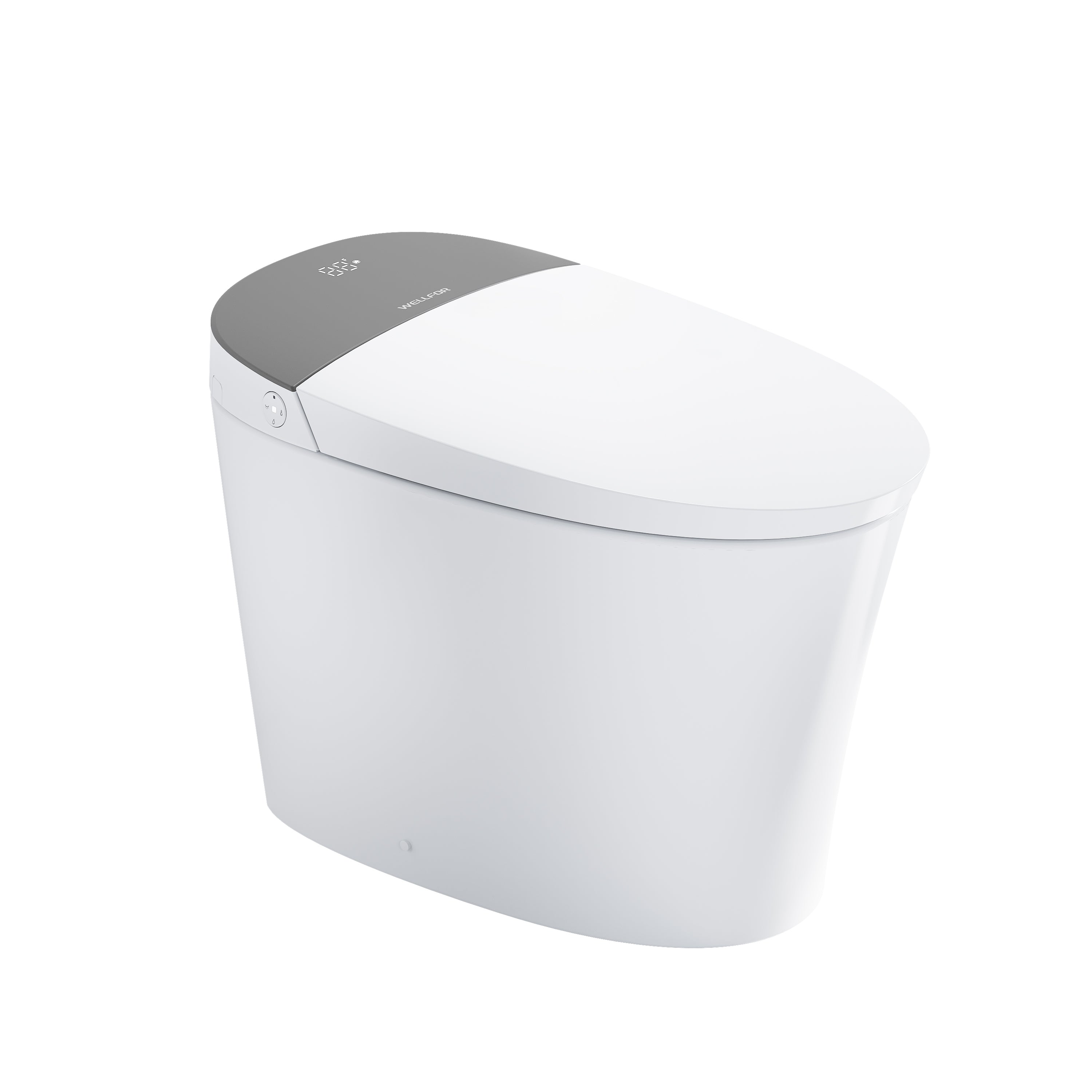

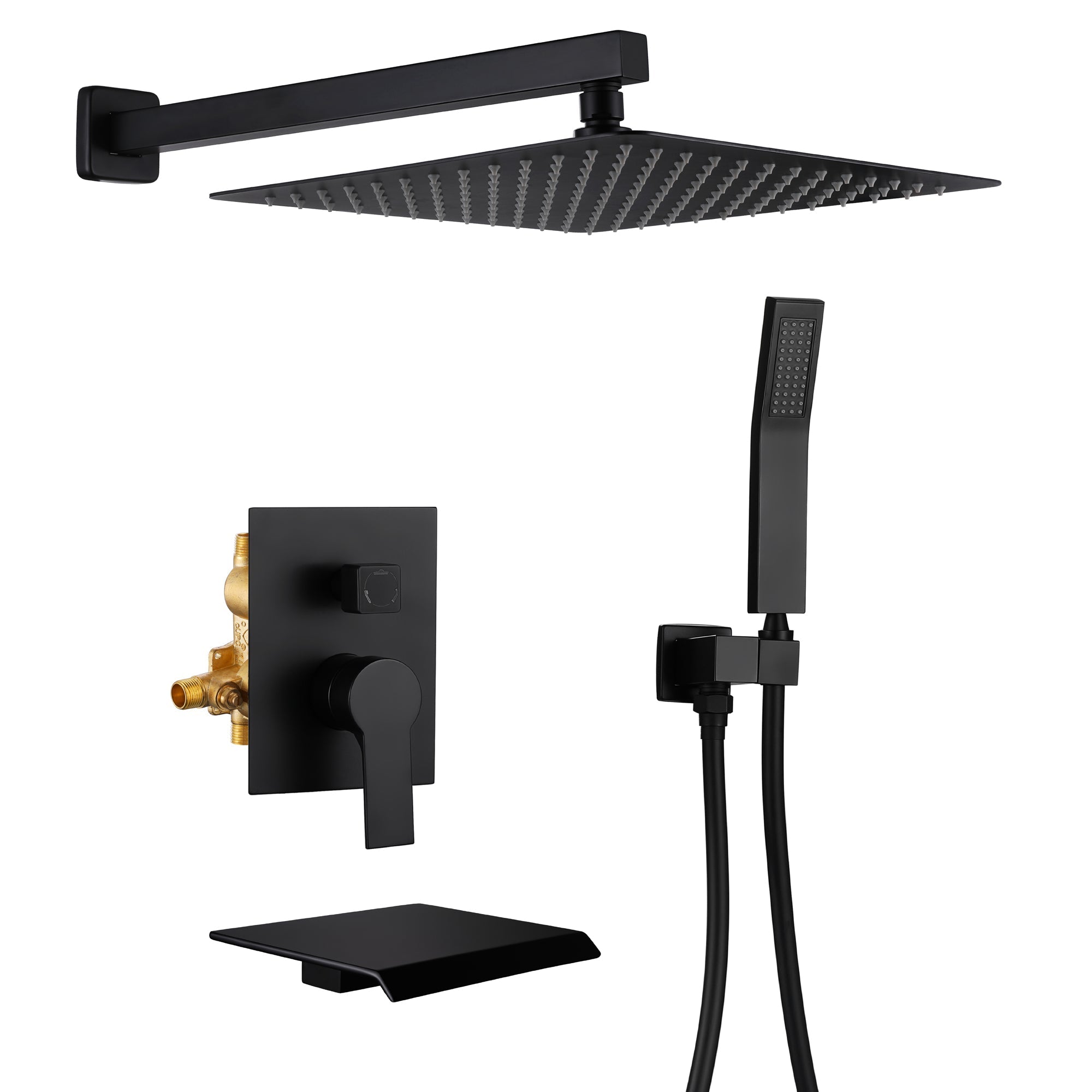
Leave a comment
This site is protected by hCaptcha and the hCaptcha Privacy Policy and Terms of Service apply.